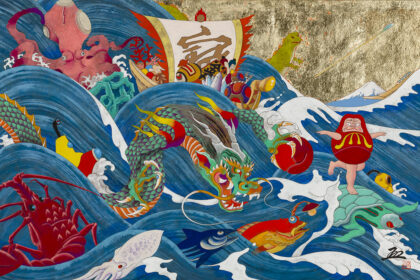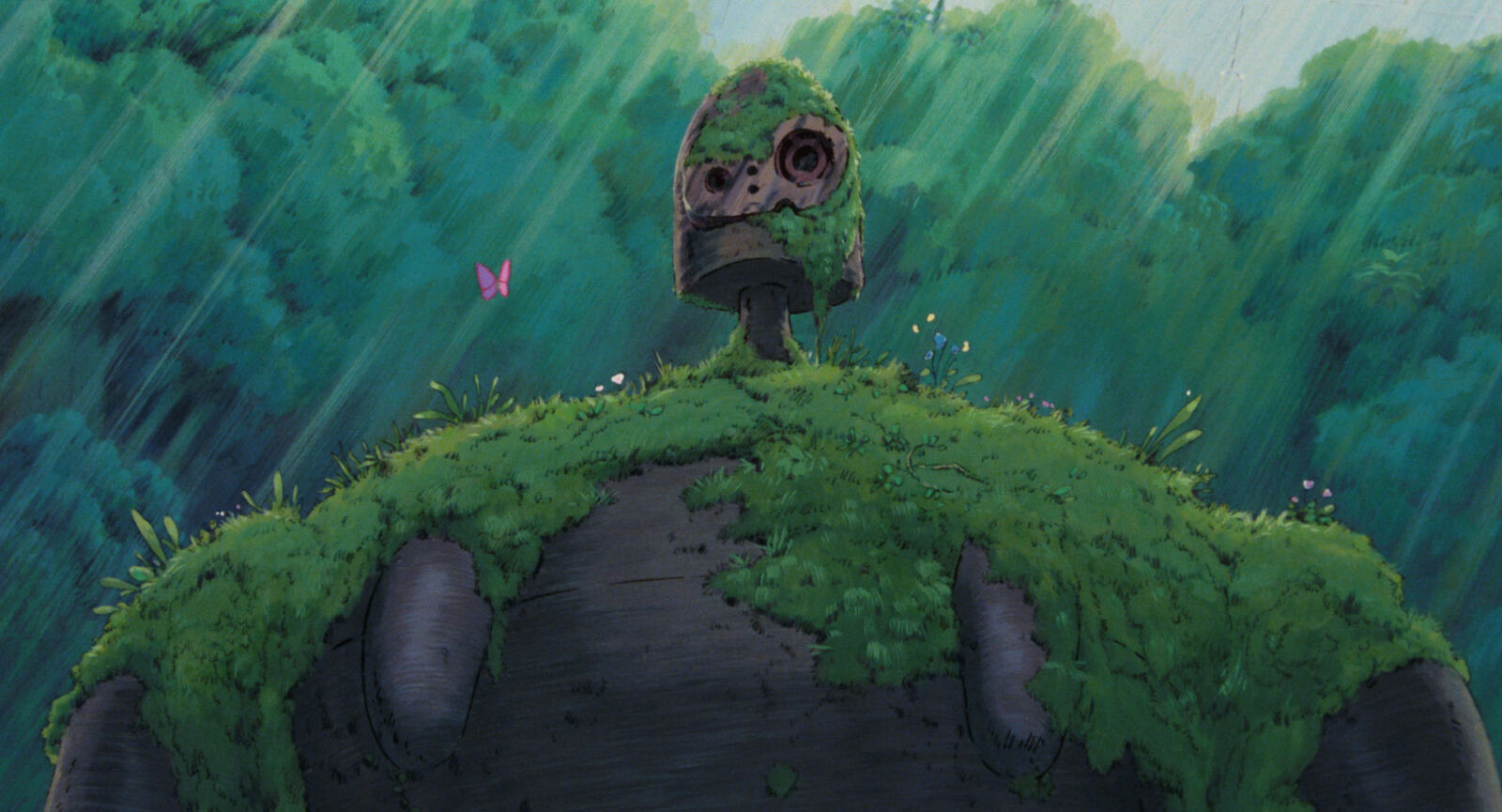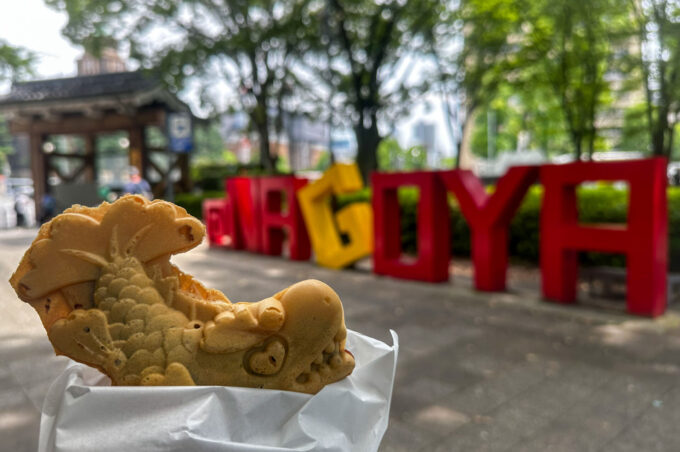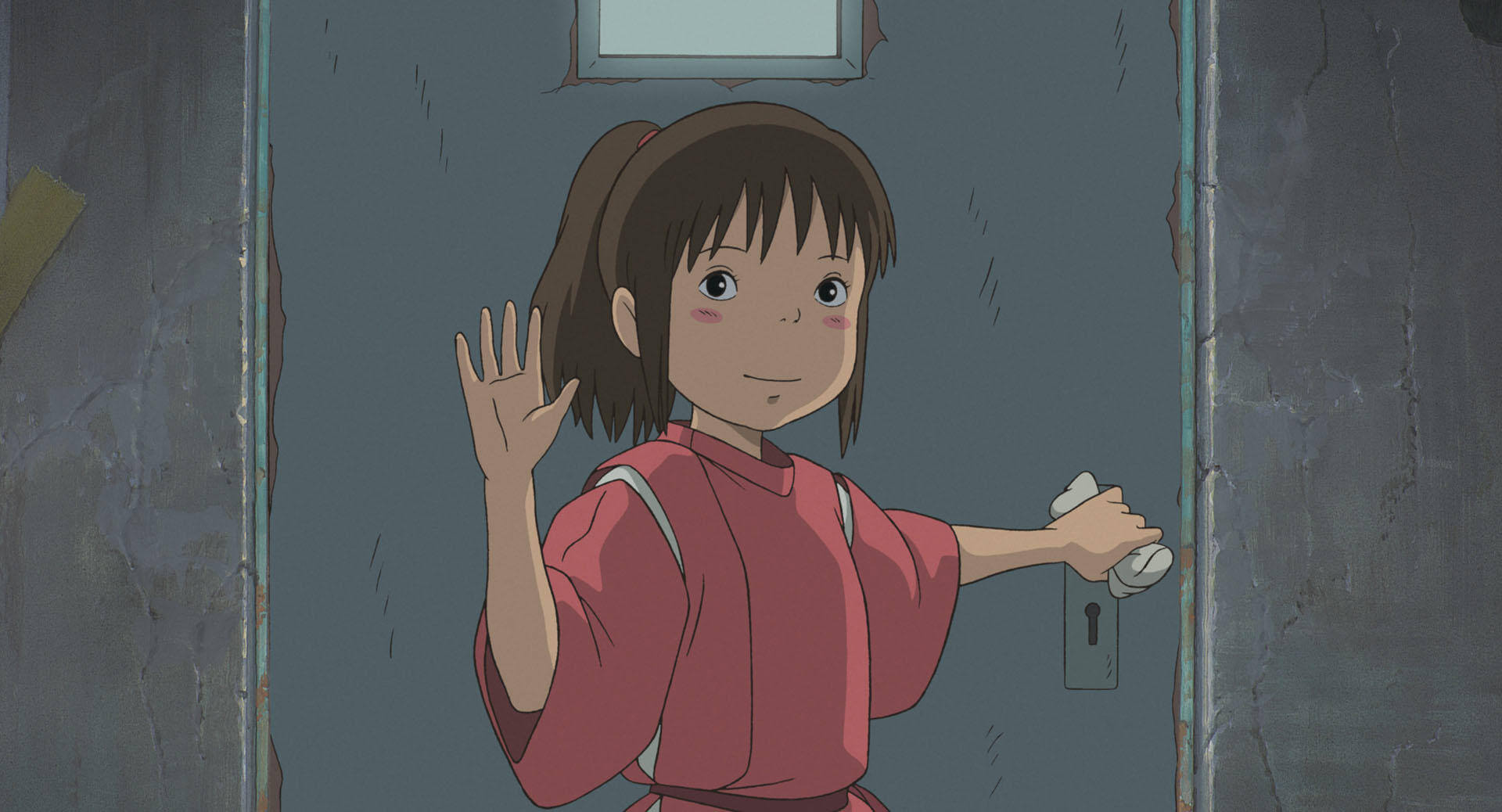
Miyazaki Hayao / 宮崎 駿 is one of the most prominent figures in Japanese popular culture today. Animator, director, manga artist, producer, screenwriter and author, Miyazaki is the co-founder of Studio Ghibli – Japan’s most popular and acclaimed animation studio. As such, Miyazaki’s fame has transcended 'anime' and his homeland of Japan and he enjoys global celebrity as one the most legendary figures in Japanese popular culture.
This page features the following information about Miyazaki Hayao and Studio Ghibli:
-- Why is Studio Ghibli so popular in Japan?
-- Where to experience Studio Ghibli in Japan?
-- Want to experience Studio Ghibli for yourself?
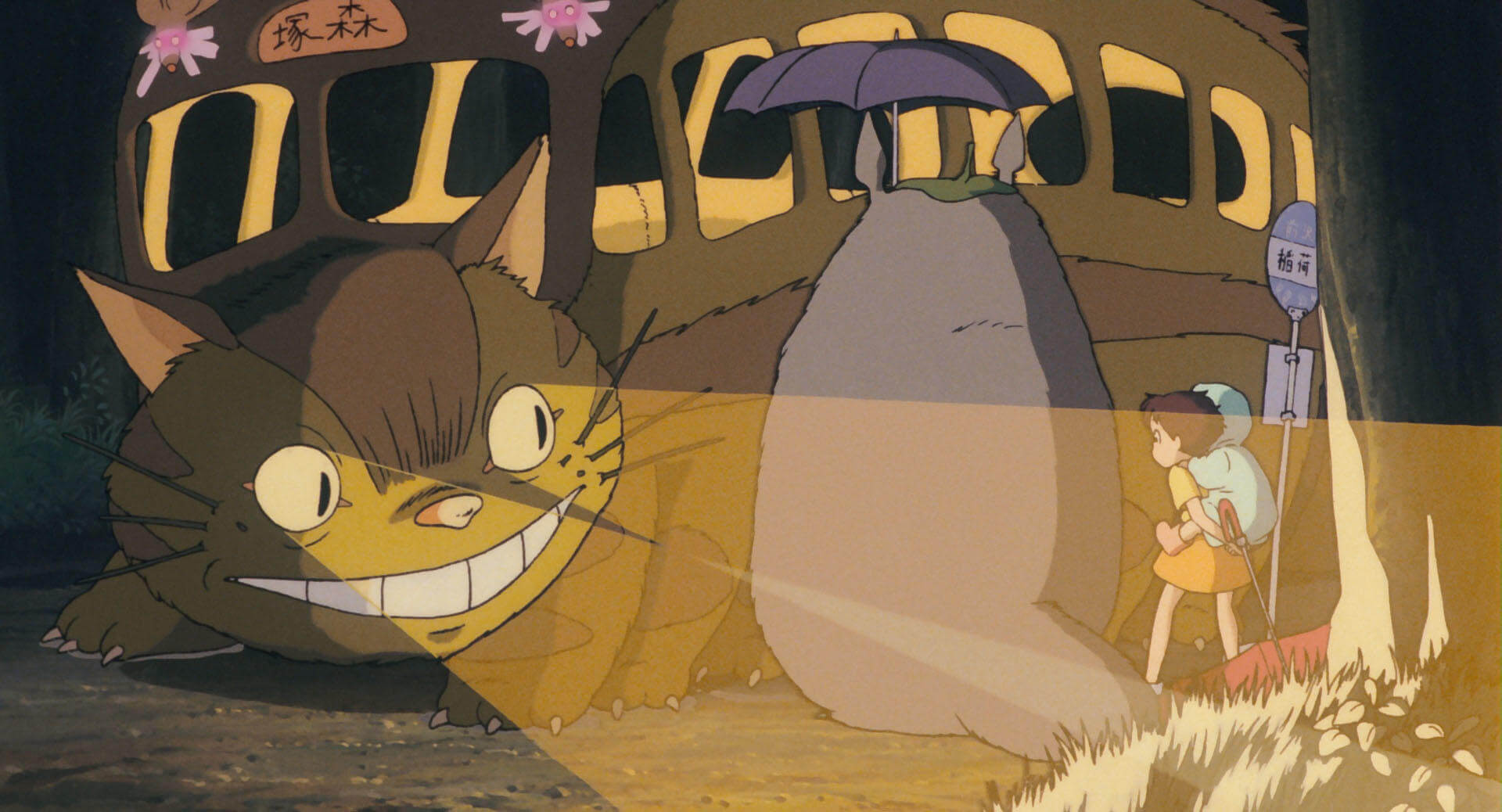
About Miyazaki Hayao
Born to an affluent Tokyo family in 1941, Miyazaki Hayao entered a world consumed by war and a country soon to engage in the fateful Pacific conflict with Western nations. As the war turned against Japan through 1944 and the bombing of Tokyo became more intense, Miyazaki was evacuated from the capital along with his family. Aged only three at the time, the experience impacted on the young Miyazaki greatly, later to be reflected in the themes and scenes of several of his films. Miyazaki began school in 1947 before his family moved back to Tokyo several years later. From a young age, Miyazaki desired to be a 'manga' artist influenced by notable artists Fukushima Tetsuji, Yamakawa Soji and Tezuka Osamu. Through school he continued to practice and refine his art before enrolling in political science and economics at Gakushuin University, continuing to draw as a hobby during his studies.
Learning the Craft
Miyazaki entered the animation or 'anime' industry in 1963, when taken on as an ‘in-between artist’ (responsible for draw intermediate frames that link images) at Toei Animation. Working on both feature films and television anime, Miyazaki soon took on the role of chief animator on ‘The Great Adventure of Horus, Prince of the Sun’ and established his working relationships with Otsuka Yasuo and Takahata Isao, which he would continue through his career.
Over the coming years, Miyazaki continued to work on many film and television projects across several companies. Notably, while working for TMS Entertainment he directed his first feature film, ‘The Castle of Cagliostro’ in 1979. Shortly after, Miyazaki began to pitch his own concepts for animated features, proposals that ultimately failed but led to publication of his seven-volume, ‘Nausicaa of the Valley of the Wind’ from 1982 onward. Following the success of the series, Miyazaki agreed to direct a film adaptation of Nausicaa. Released in March 1984, the film was hugely popular with audiences and critically-acclaimed for its anti-war, feminist, and environmental themes. The film cemented Miyazaki’s reputation as one of Japan’s preeminent animators and provided him backing to launch his own studio.
The Birth of Studio Ghibli
In June 1985, Miyazaki founded the Studio Ghibli animation company with three other co-founders including Takahata Isao. The studio’s first film, ‘Laputa: Castle in the Sky’ was released in 1986. Hugely popular it was the perfect debut for the studio and quickly followed by ‘My Neighbour Totoro’ and ‘Grave of the Fireflies’, the company had quickly proved its viability.
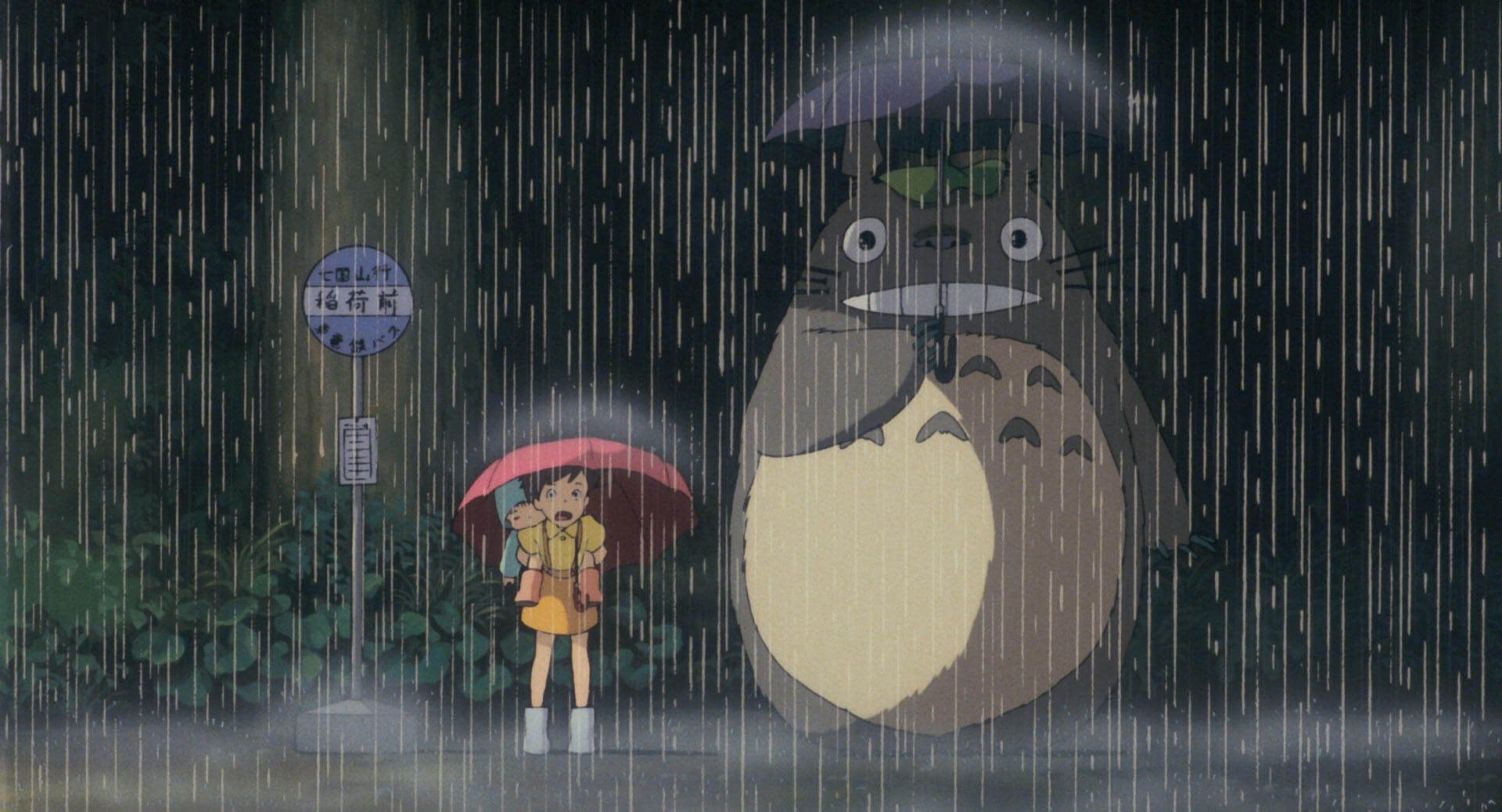
From that point onward, the studio produced films regularly with most output receiving critical acclaim and popularity with audiences. Under the direction of Miyazaki, the studio balanced often serious and mature themes with beautiful artistry and story lines that appealed to both children and adults.
Global Acclaim
In 1995, the studio began production on ‘Princess Mononoke’, the first of its films to utilise elements of computer animation in conjunction with its hand-drawn artistry. Released in 1997, the film became the first animated film to win the ‘Japan Academy Price for Picture of the Year’ and as a result, was also released in cinemas abroad.
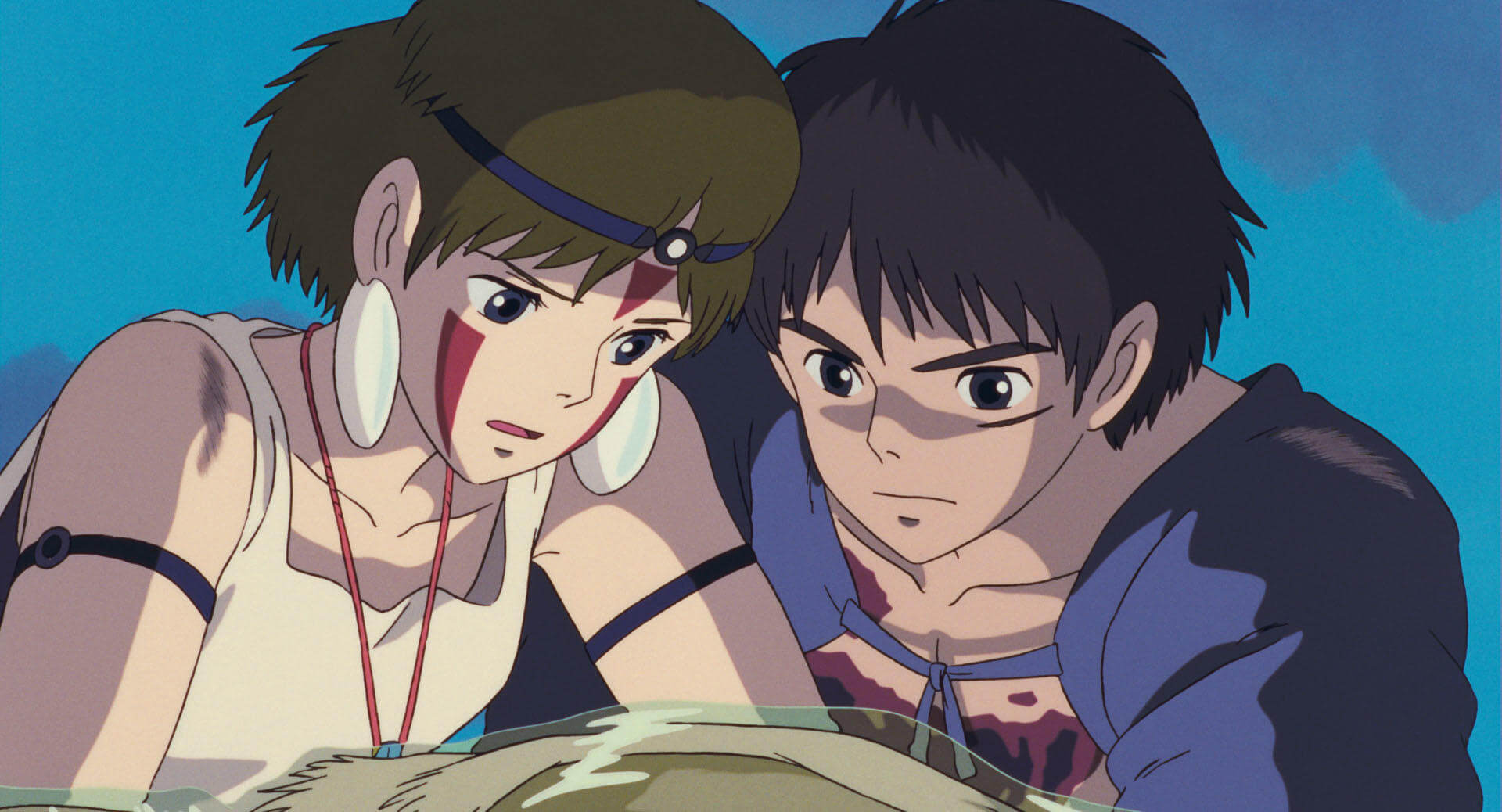
With its profile now growing outside of Japan, Studio Ghibli began work on its next film, ‘Spirited Away’. Released in 2001, the film tells the story of 10 year old Chihiro, who ventures into a spirit world and must navigate her way back to the mundane world and in doing so, grows-out of her childhood. The film was received with huge commercial success and critical claim, winning the ‘Japan Academy Prize for Picture of the Year’ and the ‘Academy Award for Best Animated Feature’ in the United States. An instant classic, the film propelled Studio Ghibli into the international consciousness and transcended the traditional audience of anime fans to reach a truly global audience.
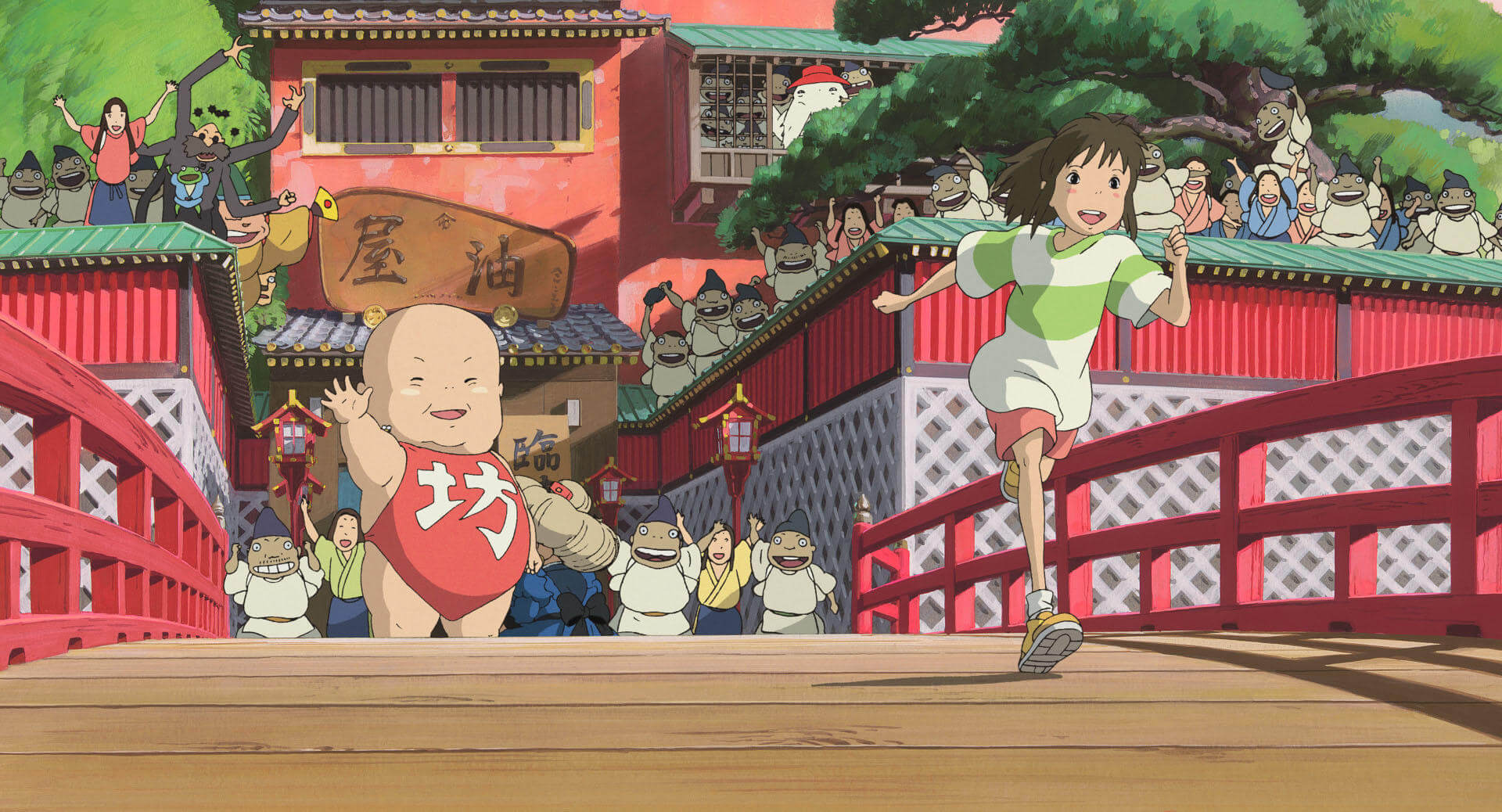
Since that time, Studio Ghibli has continued to produce popular and critically acclaimed films including ‘Howl’s Moving Castle’, ‘Ponyo’, and the ‘Wind Rises’ – all directed by Miyazaki. Since its inception, the studio has produced more than 20 feature films under the direction of Miyazaki or other animators and in collaboration with other studios.
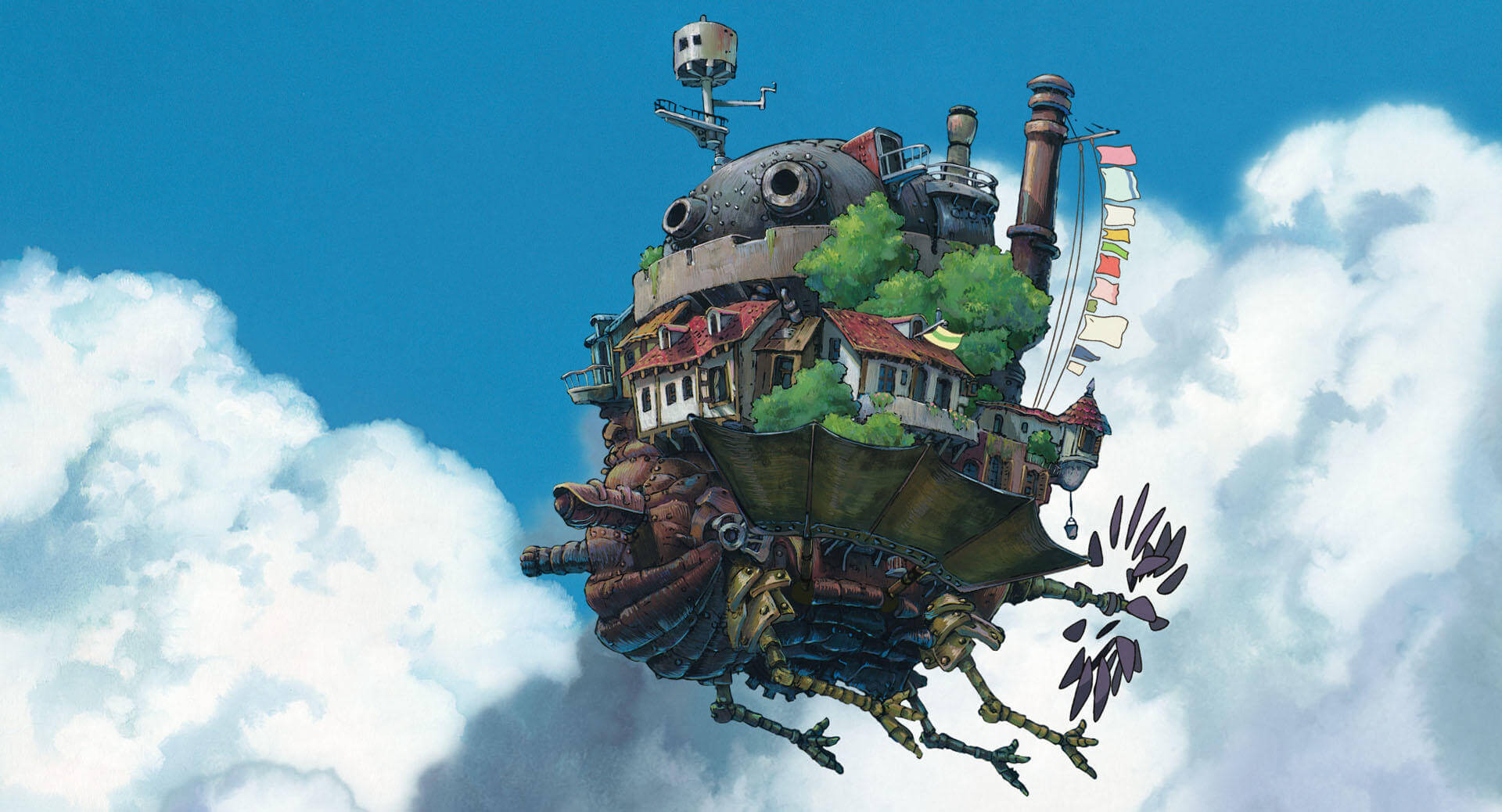
In 2013, Miyazaki announced that he was retiring from feature film production due to his age however he continues to be actively involved, dedicating a lot of his energy to the hugely popular Studio Ghibli Museum in Mitaka, Tokyo. Having received numerous Japanese and international awards across his career, Miyazaki doesn’t appear to have entirely stepped-away from film production with reports emerging in 2019 that he would direct the upcoming Studio Ghibli film. ‘How Do You Live?’.
WHY IS STUDIO GHIBLI SO POPULAR & ACCLAIMED IN JAPAN?
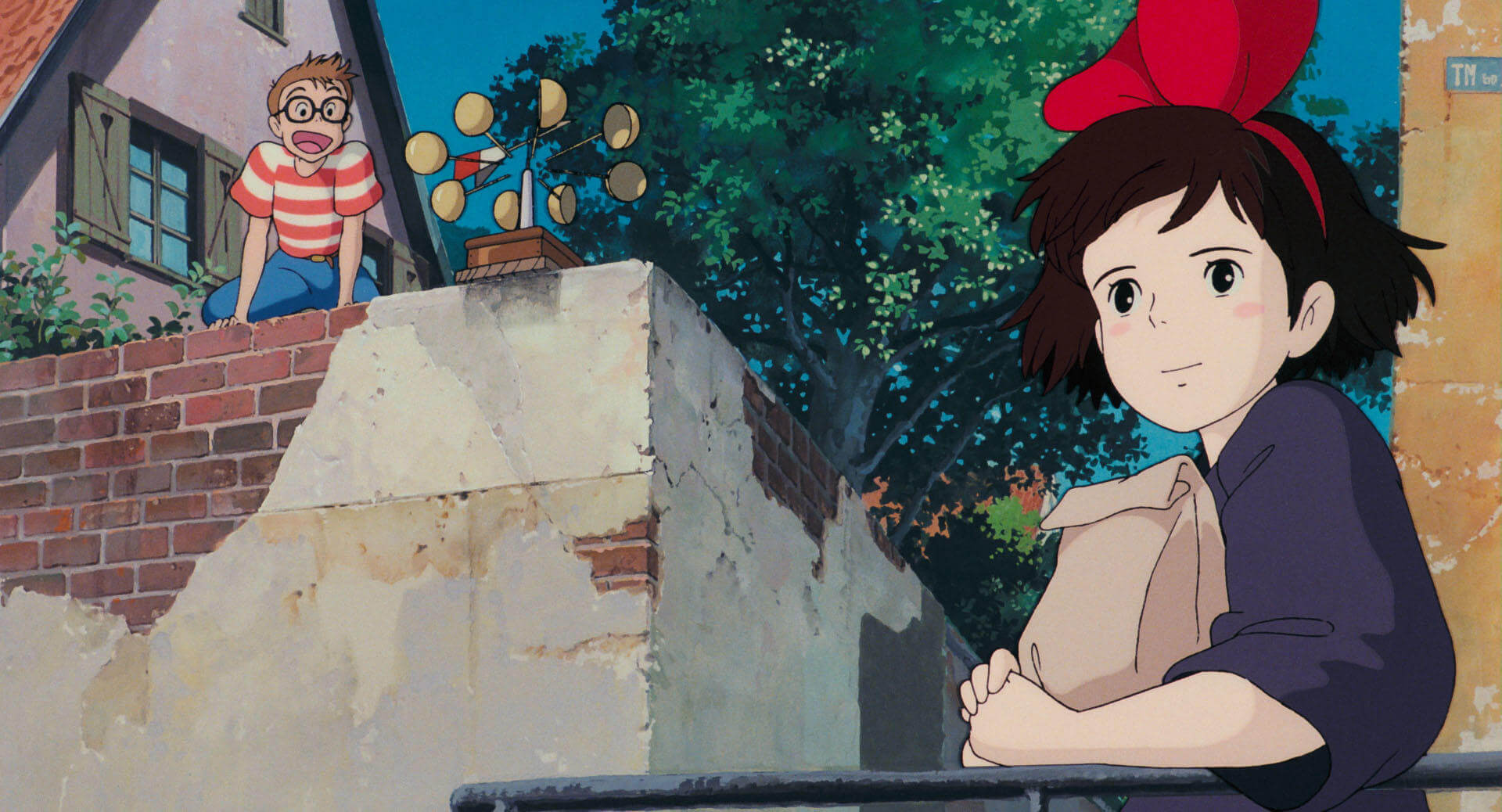
In a country renowned for its production of animation or ‘anime’, it is somewhat remarkable that one studio has achieved the unanimous praise and success as Studio Ghibli. Under the direction of Miyazaki Hayao, Studio Ghibli has typically produced films with clear and relevant messaging, often addressing pertinent issues including environmental degradation, the negative effects of technology, greed, exploitation, and war. However it does so in a manner that appeals to a broad audience – both young and old – through classic tropes of adversity as a means of self-discovery.
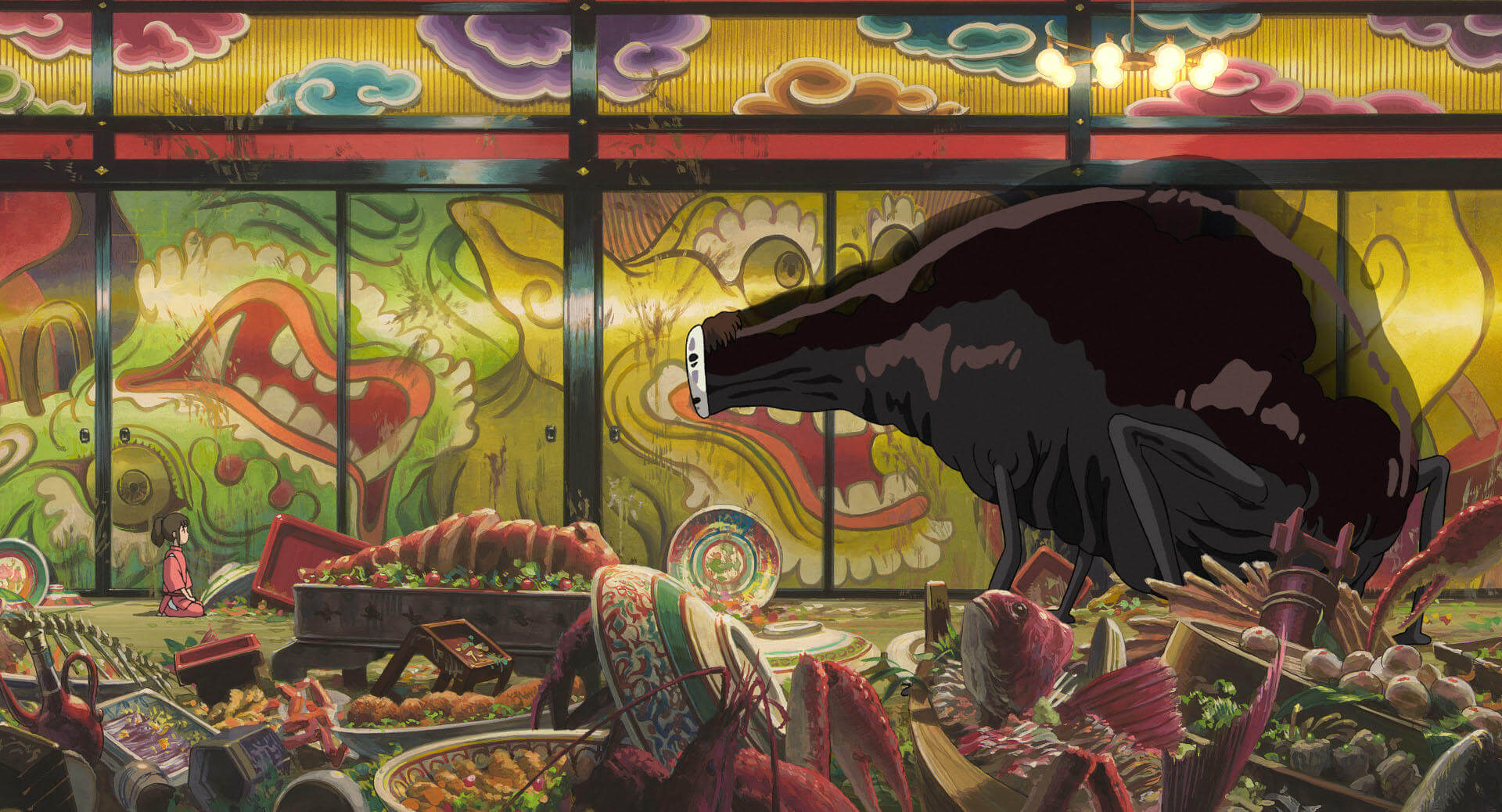
Effortlessly blending the sublime and magical with the everyday and familiar Studio Ghibli, films are set in realities that are simultaneously relatable and fantastic; worlds we can somehow imagine yet are so unique we want to visit for ourselves. In doing so, the films offer escapism and are underpinned by a strong humanist message, taking the audience on a meaningful journey with a clear purpose. Drawing inspiration from Buddhist and Shinto belief systems, Japanese folklore and a national longing for a perceived simpler and more pure time in history, the films offer a unique insight into the fabric of Japan – a modern country that still looks to the countryside and its traditional roots for its identity and seeks a more harmonious coexistence of man and nature.
WHERE TO ENJOY & EXPERIENCE THE WORLD OF STUDIO GHIBLI
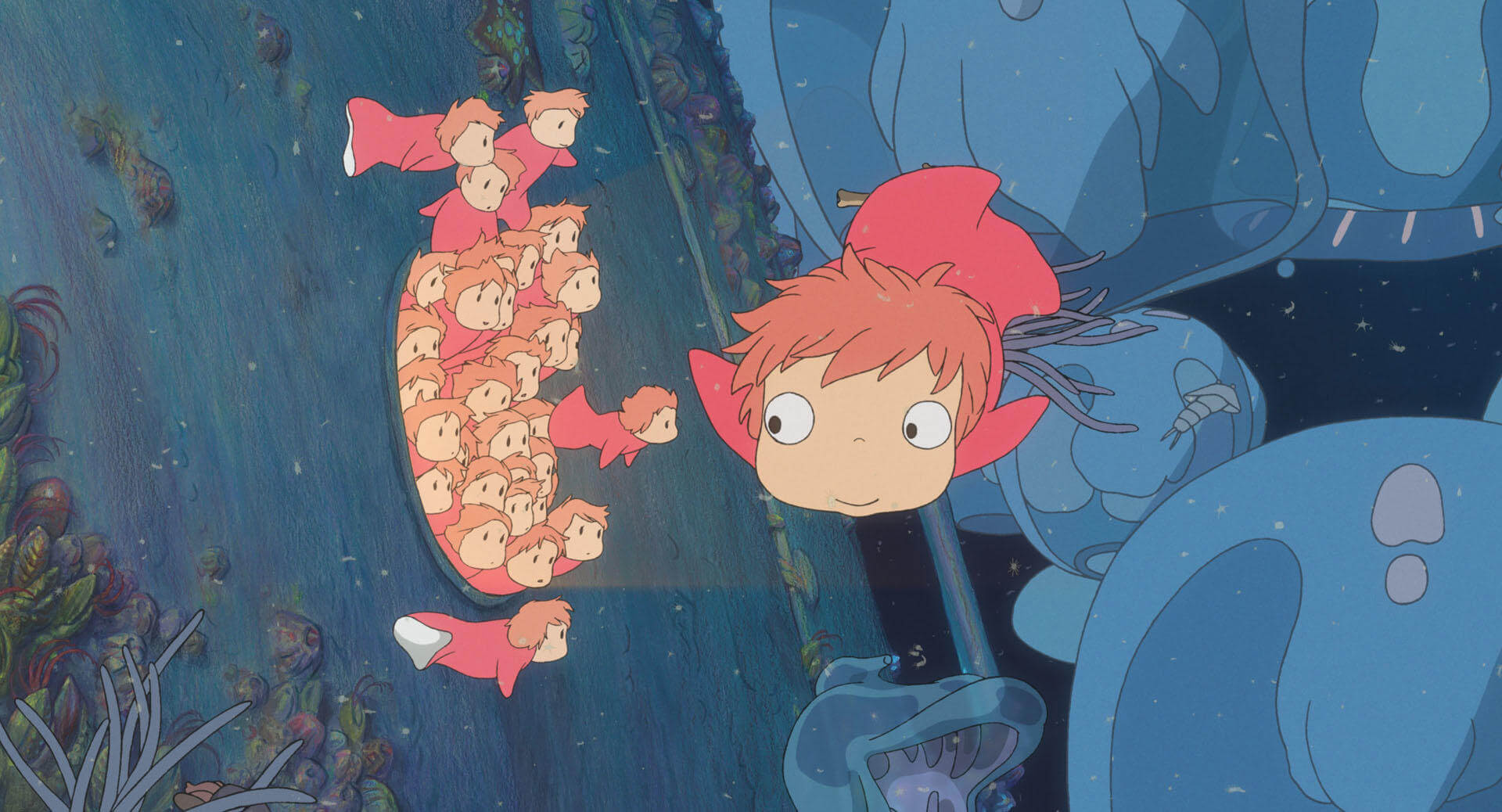

For devotees of their films or anyone with even a passing interest in the work of Miyazaki Hayao and Studio Ghibli, there is only one real option in terms of a museum - at least, for time being. However, with the films drawing inspiration from real life Japan, you can also experience towns and landscapes that inspired the creators of some of its most popular films:
GHIBLI MUSEUM, Tokyo
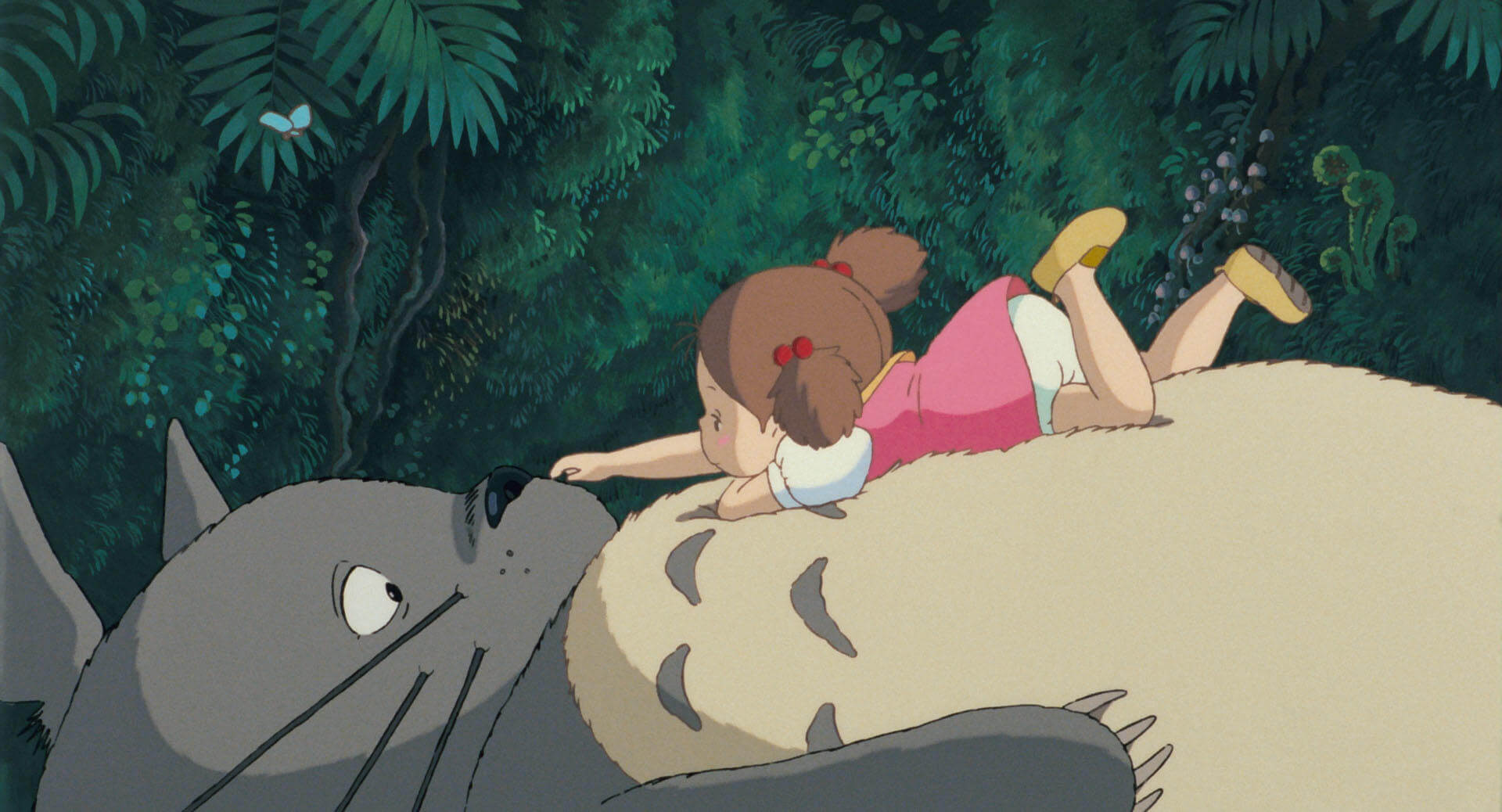
Located in Mitaka, Tokyo, the Ghibli Museum profiles the films of Studio Ghibli. Founded by legendary director Hayao Miyazaki, the museum features a children’s, technical arts, and fine arts exhibitions demonstrating the film-making process and making the museum fun for guests of all ages. Visitor numbers are tightly controlled and tickets are issued in advance with a specific date and time they can be used. Tickets cannot be purchased at the museum but instead can be purchased online or through participating vendors and agents. Always popular, you will need to plan ahead with tickets usually sold-out for between 3 to 6-months in advance. Admission costs: Adult (19+) JPY1000 / Youth (13-18) JPY700 / Child (7-12) JPY400 / Infant (4-6) JPY100.
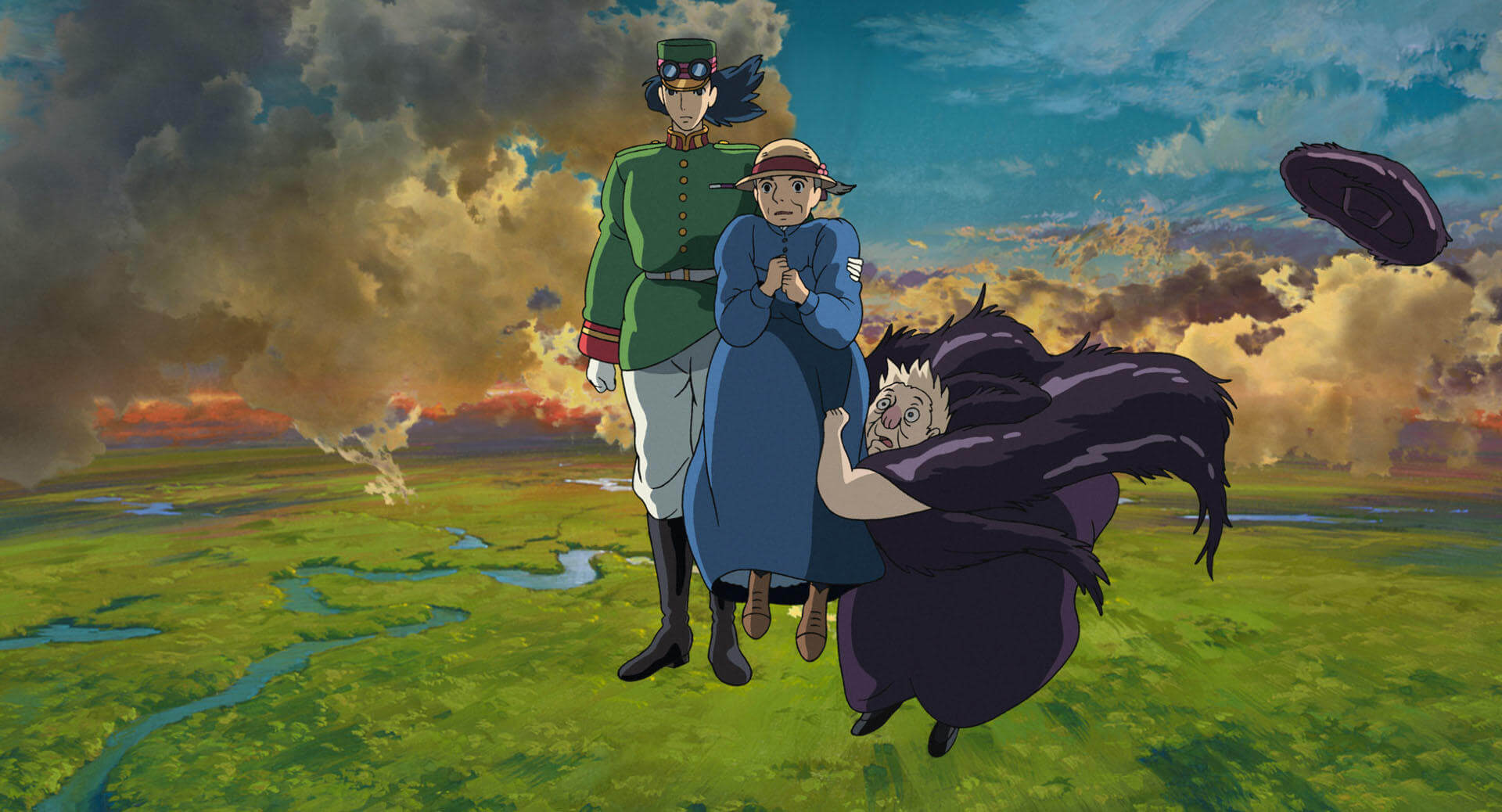
With museum tickets in high demand and booking-out well in advance, many international visitors will unfortunately miss-out. But don't let that discourage you! With stories rooted firmly in Japanese tradition and belief, and drawing on real landscapes and locations dotted around the country, you can experience the inspiration of Studio Ghibli's films at these locations in Central Japan:
SPIRITED AWAY
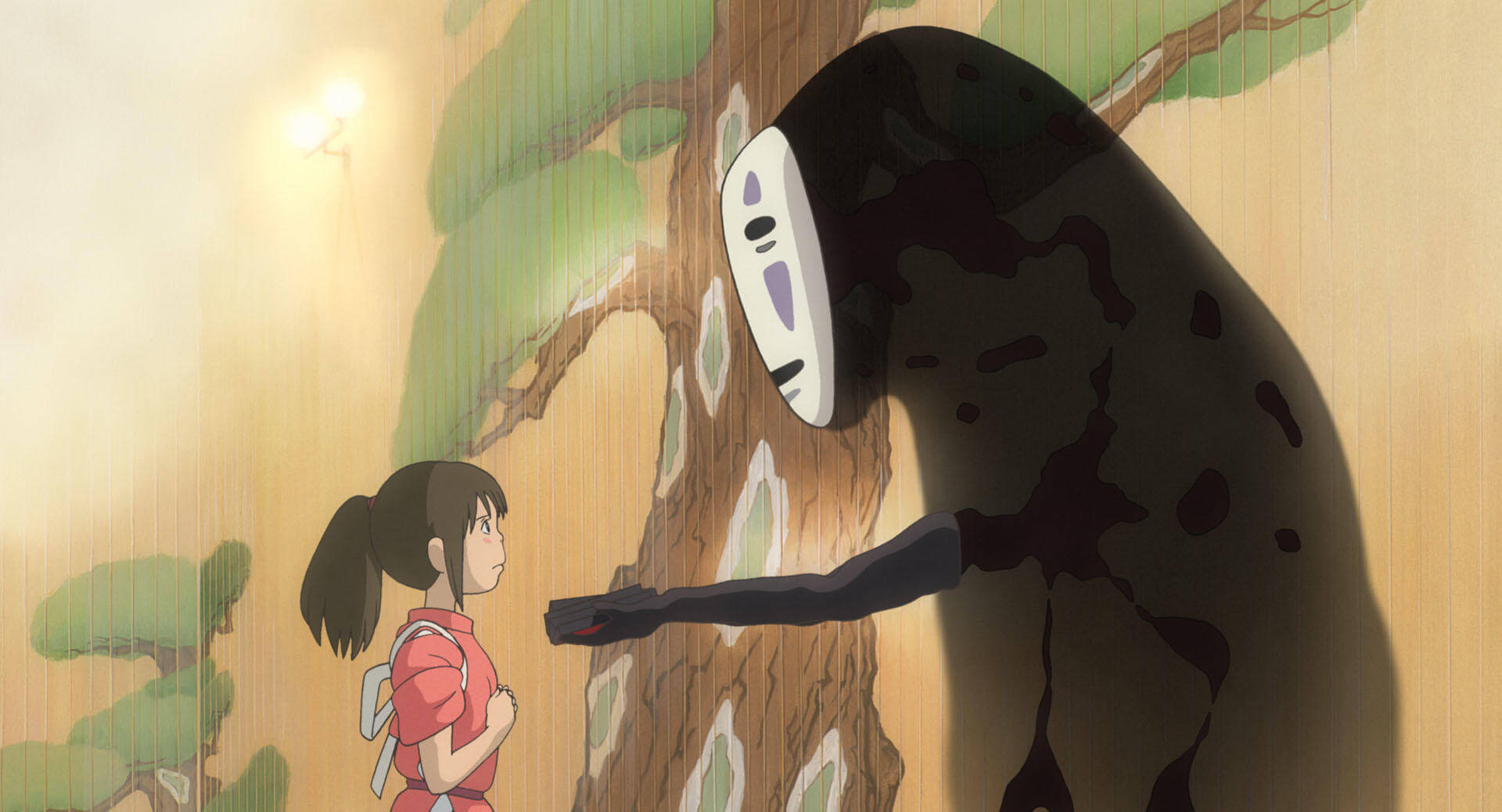
Studio Ghibli’s most popular and acclaimed filmed to date, ‘Spirited Away’ is known and loved throughout the world. It tells the story of 10-year-old Chihiro who stumbles into a spirit world where she takes on a job at a grand bathhouse for the spirits, to earn her way back to the human world. Considered the studio’s masterpiece and cinema classic, many traditional ‘onsen’ (natural hot spring) bathhouses and towns across Japan claim to be the inspiration for the film’s centerpiece, notably including Dogo Onsen in Shikoku, Shima Onsen in Gunma and Shibu Onsen in Nagano.
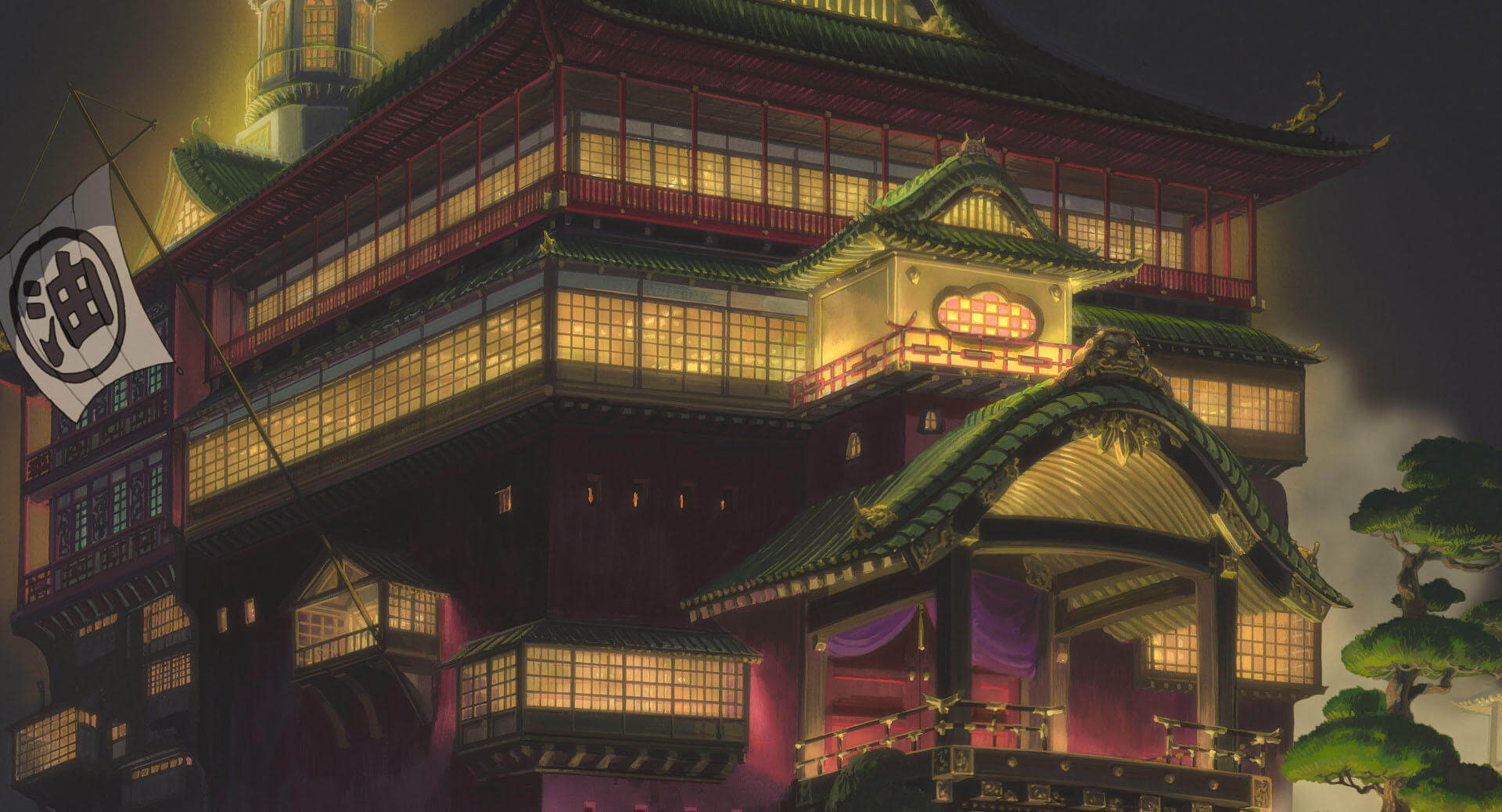
Located in the onsen area of Yamanouchi - within walking distance of the Jigokudani Monkey Park - Shibu Onsen boasts a 1300-year history as a place of healing, with numerous onsen sources feeding the town’s many guesthouses. Located near the centre of Shibu Onsen, ‘Kanaguya’ is a 250-year old hot spring guesthouse, the 4-storey façade of which instantly recalls the great bathhouse of the spirits. Inside the guesthouse, multiple onsen sources feed its many baths with haphazard wooden corridors and staircases leading between the hot springs and guest rooms – with no two rooms having the same shape.
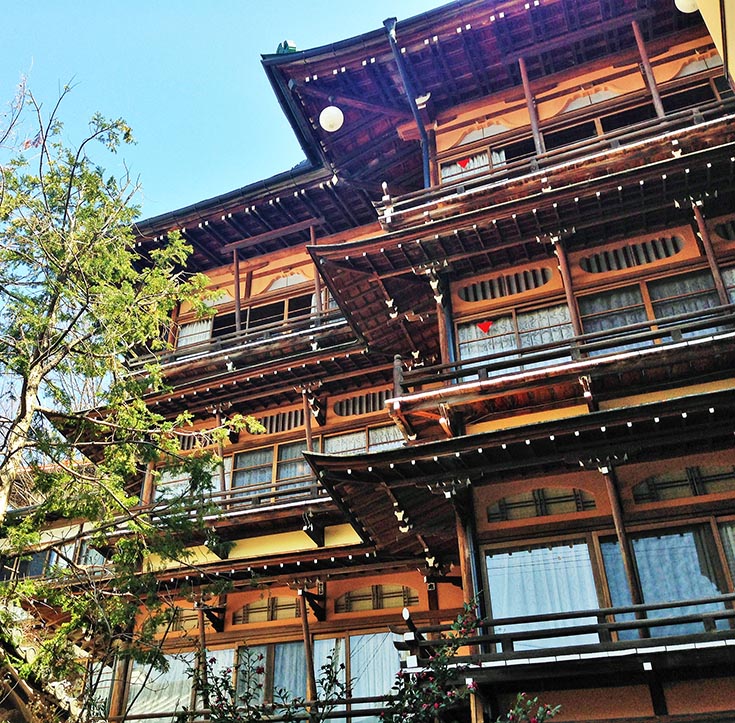
Any visitor to Shibu Onsen can enjoy guesthouse from the outside but to explore and enjoy its interior, you will have to book a room and stay there – but believe us, it’s worth it! For accommodation listings in Shibu Onsen, see our 'Yamanouchi Area - Home of the Snow Monkeys' hotel page.
MY NEIGHBOUR TOTORO
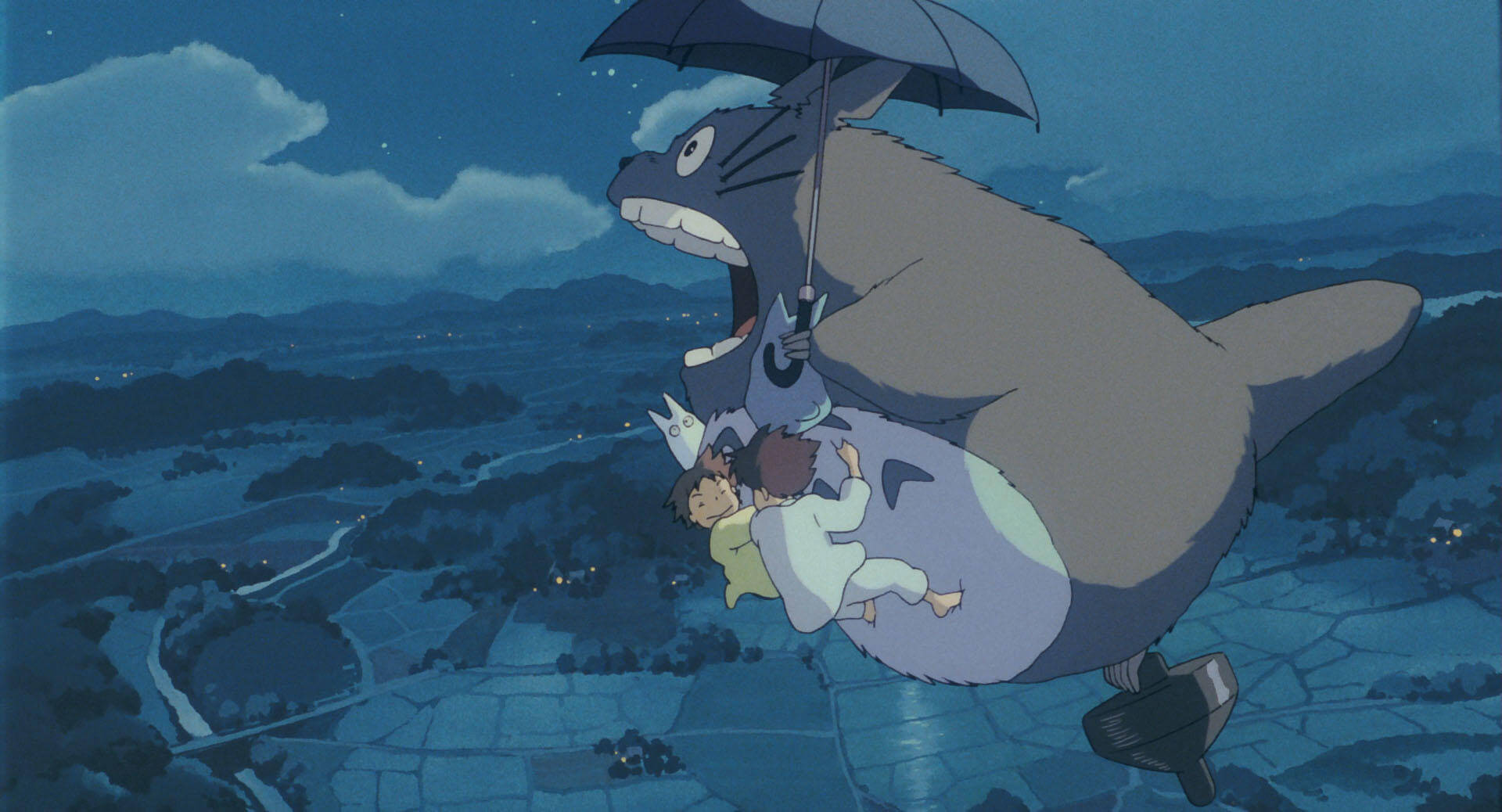
Perhaps the next most popular film after ‘Spirited Away’, ‘My Neighbour Totoro’ is aimed at a younger audience but often loved by adults. The simple story focuses on sisters Satsuki and Mei who move into a country house with their father, while their mother is ill in hospital. While there they encounter a world of spirits, at first in the house and then the surrounding woods where they discover the eponymous Totoro - a large, grey creature now loved by Japanese children.
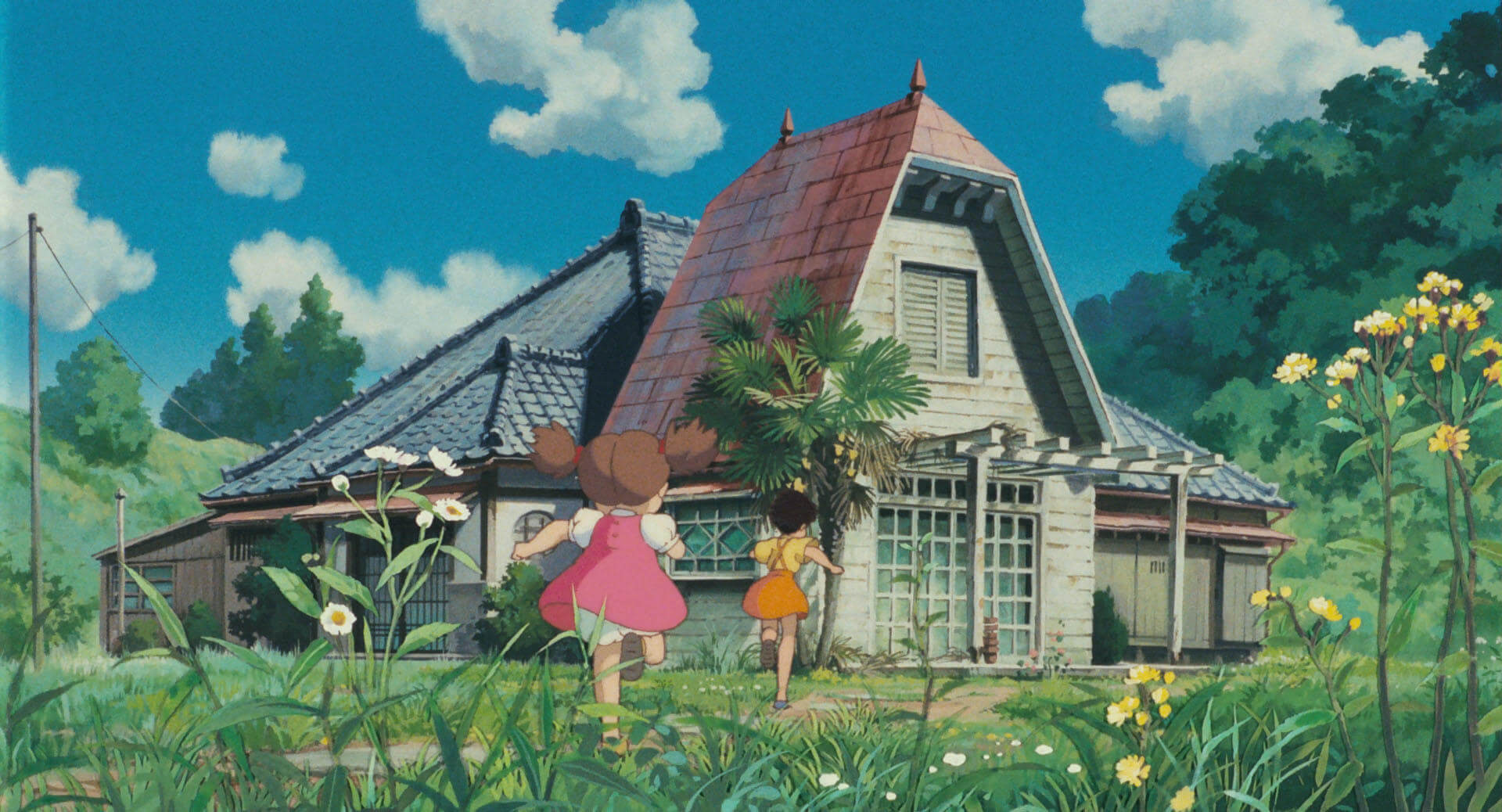
For fans of the film, a reconstruction of the rural home of Satsuki and Mei sits in Moricoro Park in Nagoya. Much like the museum in Tokyo, if you want to visit the house you will need to book in advance with tickets in high demand!

The idyllic rural landscape in which the film is set – a landscape of quaint country homes, rice fields, forests, ancient shrines and single track railways – often makes a strong impression on those who watch Totoro along with other Ghibli films. Often referred to as ‘satoyama’, such landscapes can be found throughout the country, especially in the rural areas of Central Japan including Nagano, Niigata, Gifu and Toyama.
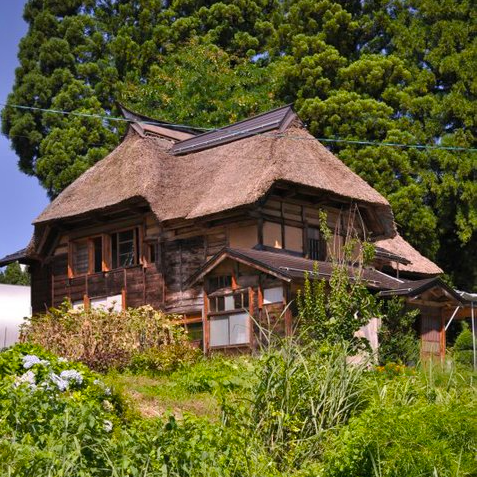
You might like to start in the area of Yuzawa in Niigata, where the Echigo-Tsumari Art Field festival takes place over a vast area, known for its bucolic beauty, quaint houses, and traditional lifestyles. Alternatively, the Azumino area outside of Matsumoto and in the shadow of the North Alps is another such landscape, that visitors can access on a country train line through rice fields and farmlands and into the realm of Studio Ghibli.

For accommodation listings in Niigata, see our 'Yuzawa Area' hotel page and for listings in Azumino, see our 'Hotaka Onsen-kyo Area' hotel page.
PRINCESS MONONOKE
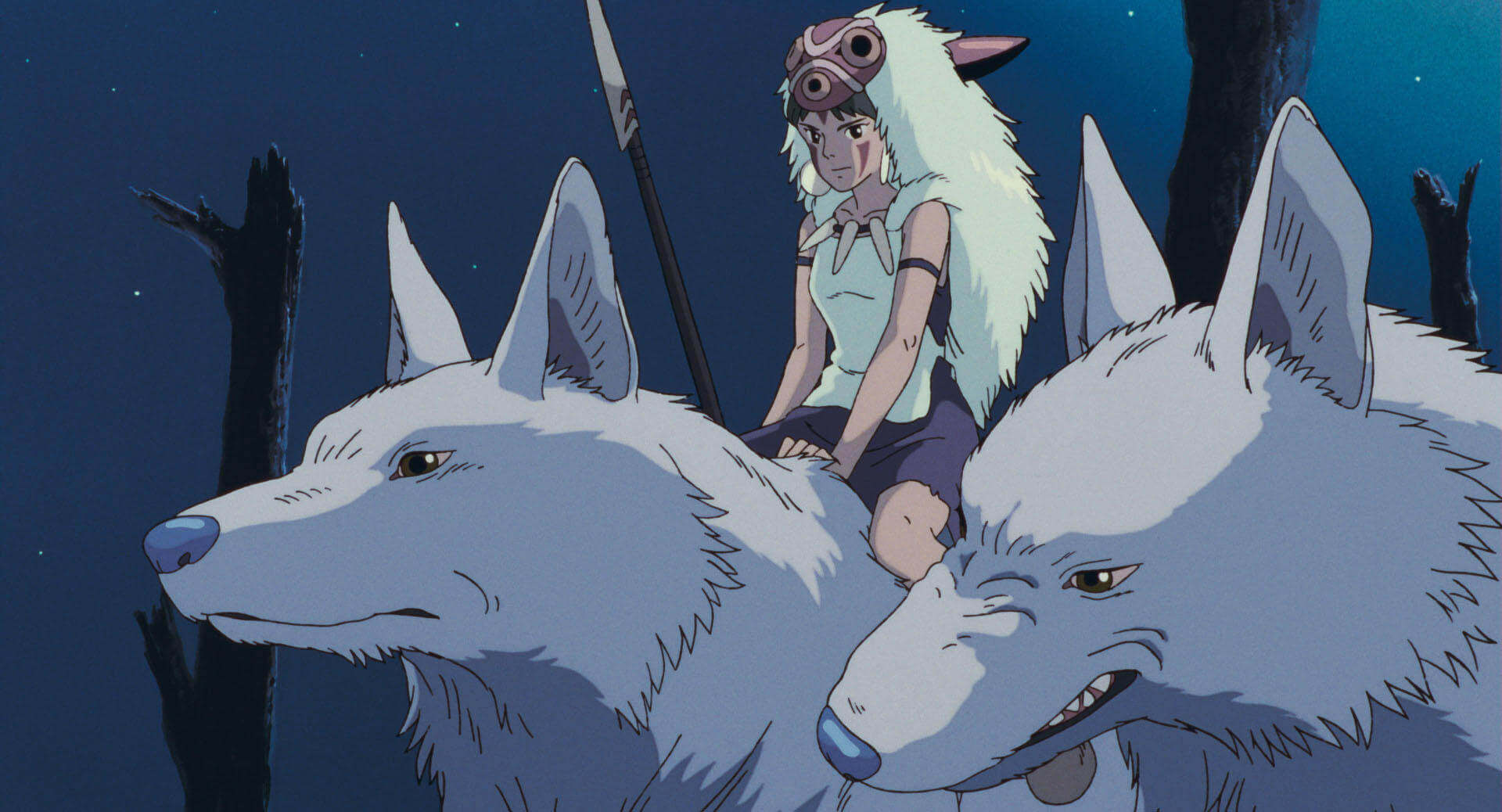
One of Ghibli’s earliest films, ‘Princess Mononoke’ tells the story of a young prince, Ashitka, who is infected during an attack and setting forth to seek a cure, encounters the conflict between humans, who are plundering the natural environment, and the gods that live within it. Critically-acclaimed and loved by audiences, the film’s evident environmental message is amplified by the beautiful rendering of forests and natural landscapes.
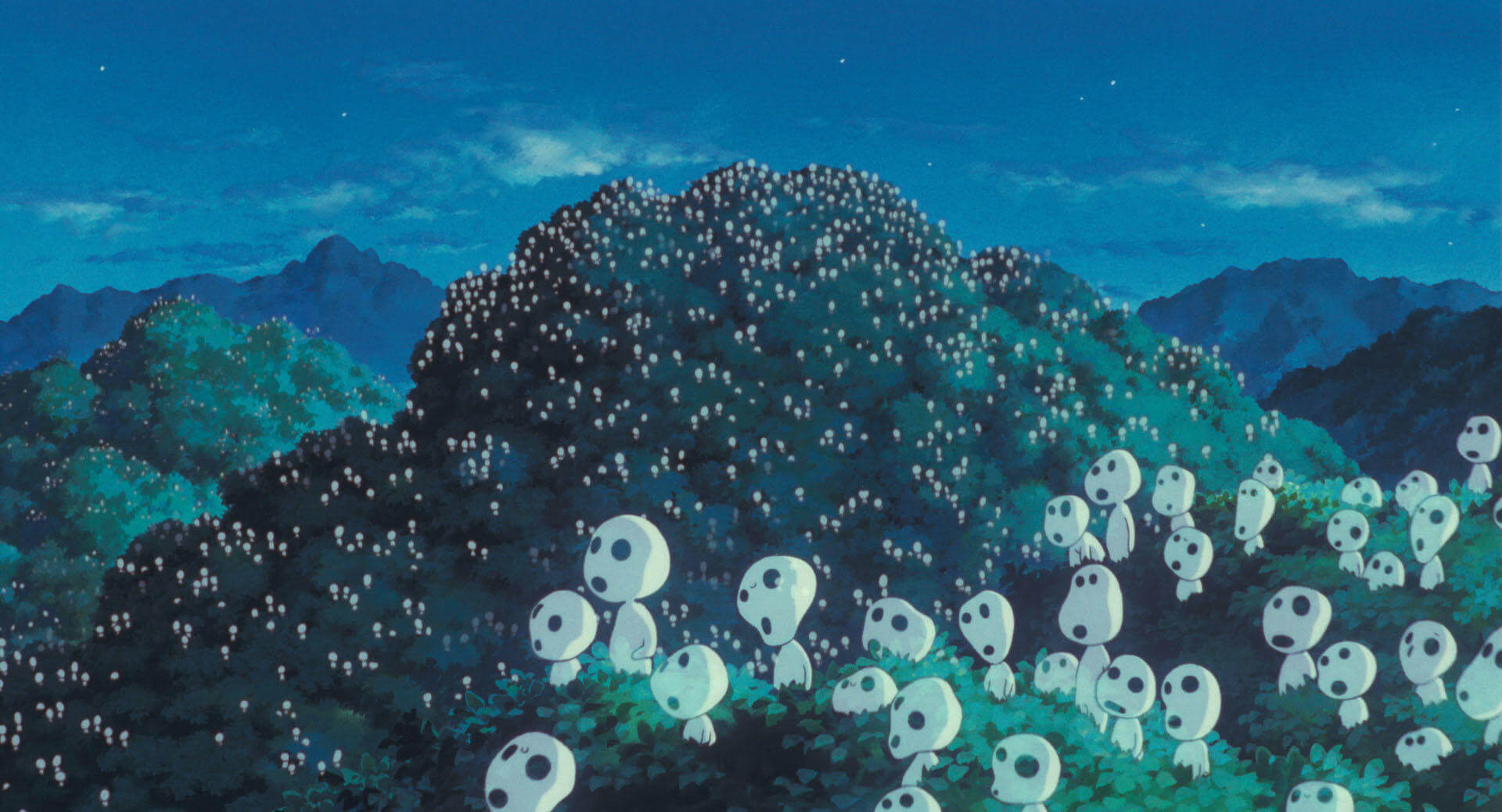
Now to be clear, it is well-known that the inspiration for the film is taken from the ancient forests of World Heritage-listed Yakushima Island – a destination well-worth visiting for many reasons. However, lying off the coast of Kagoshima, many if not most international visitors don’t have time to reach the island while in Japan.
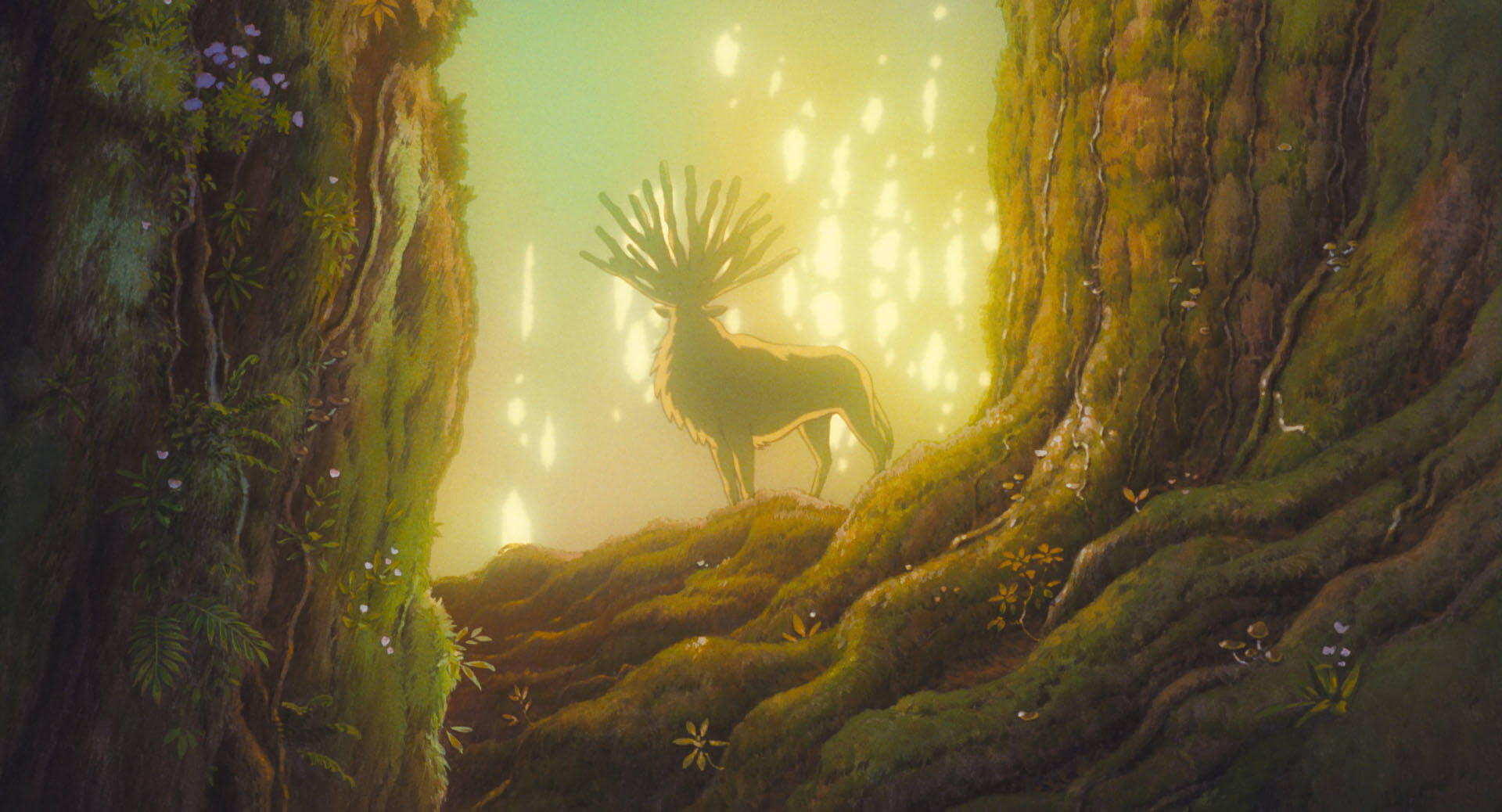
But that is not to say they can’t experience the landscapes and themes portrayed in the film with many Japanese forests considered the domains of spirits and holding significant spiritual importance.
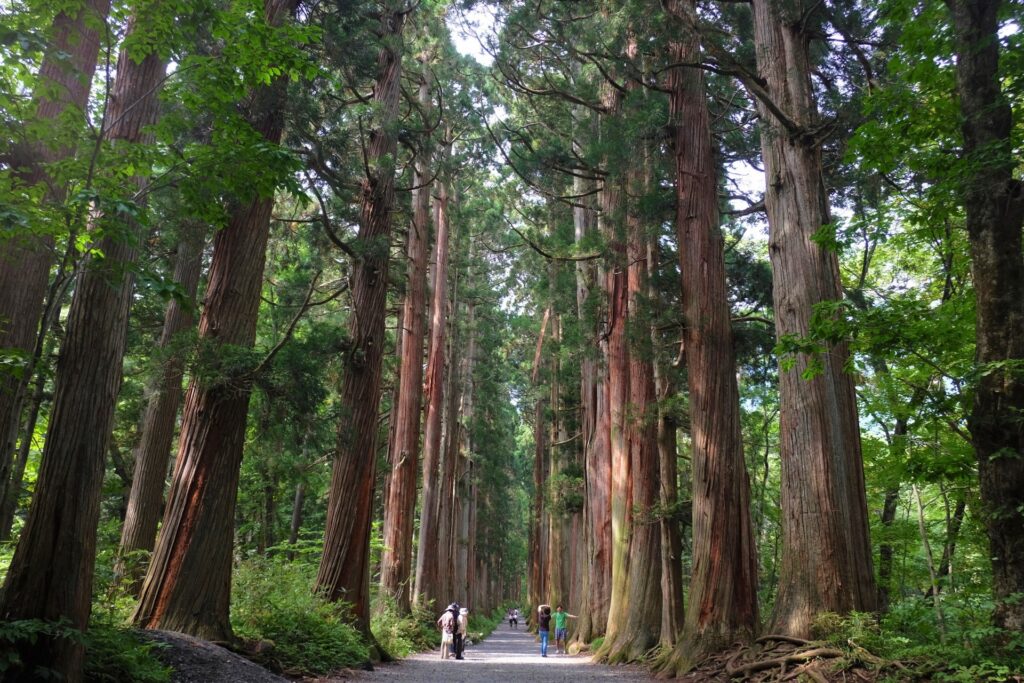
One such place is Togaksuhi, on the outskirts of Nagano City. Home to some of the most important Shinto shrines in the country, Togakushi is a place to true spiritual importance with deep connection to the creation myths of Japan itself. Most famously, the ‘Okusha’ or ‘Main Shrine’ is preceded an avenue of immense cedar trees, in which spirits are said to inhabit. One of five shrines making-up the overall complex, each of the five is set within the forest and can be accessed on foot along walking trails.
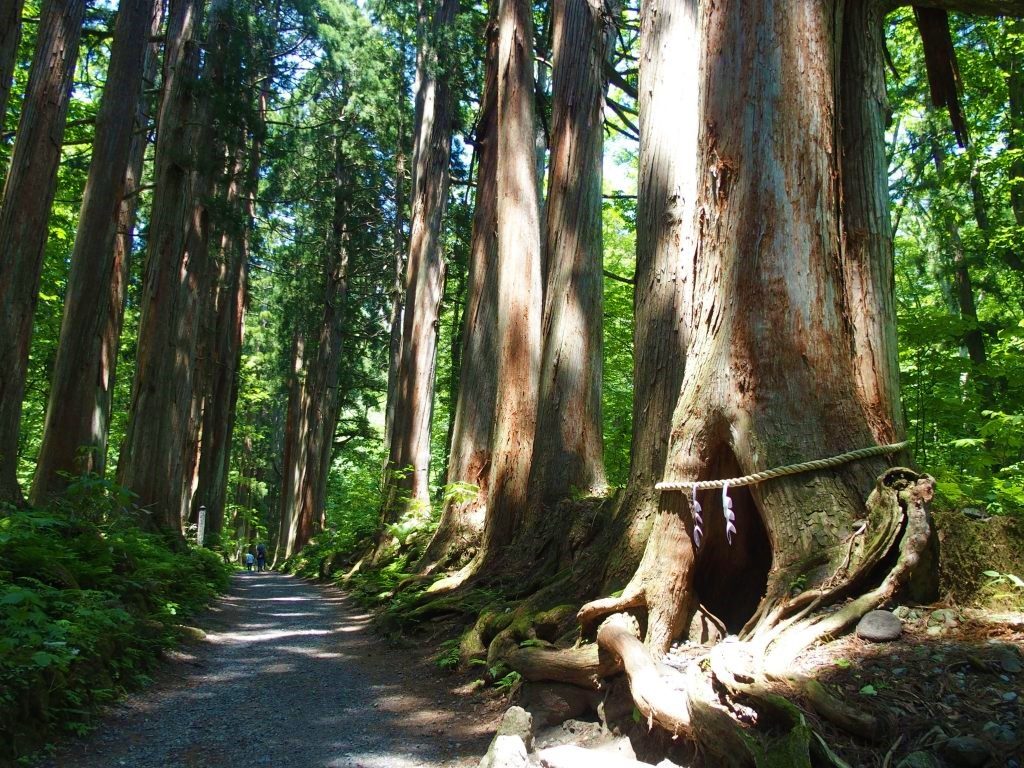
While it is important to be clear that Togakushi is not the direct inspiration for film and the forests are different to those on Yakushima, its importance to Shintoism is based on the same belief of the value and spirituality of ancient forests. Highly-photogenic and a place of rare seasonal beauty, Togakushi is readily accessible from Tokyo via Nagano Station. Part for the Nagano City area, accommodation listings in Togakushi can be found through our 'Nagano City Area' hotel page.
THE WIND RISES
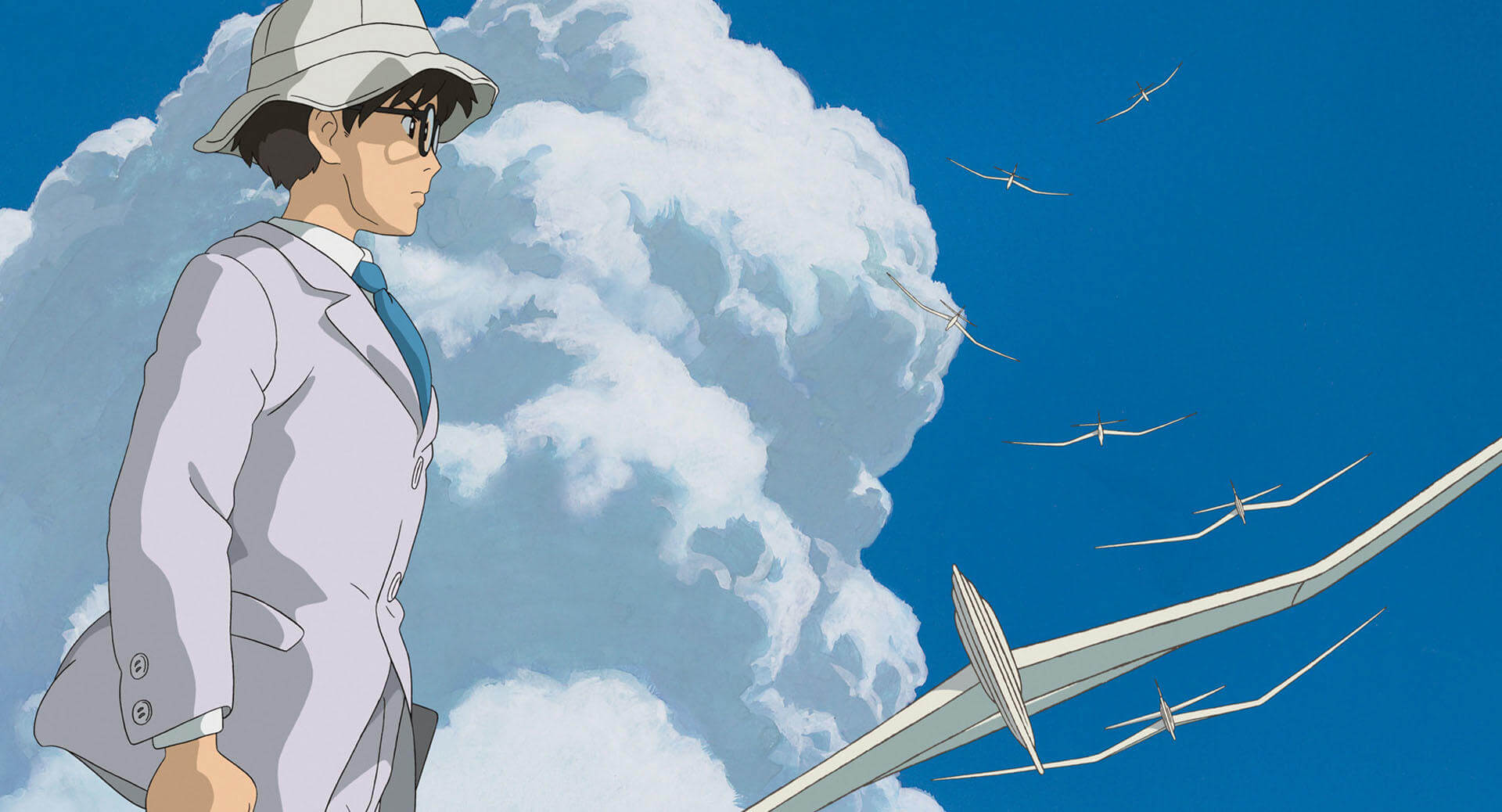
Based on Miyazaki’s manga of the same name and the last film he directed prior to his retirement, ‘The Wind Rises’ tells the story of Horikoshi Jiro, designer of Mitsubishi A5M and A6M Zero fighter aircraft. In the film, the protagonist spends time at a mountain hotel which bears striking resemblance to the Kamikochi Imperial Hotel in the stunning alpine valley of Kamikochi.
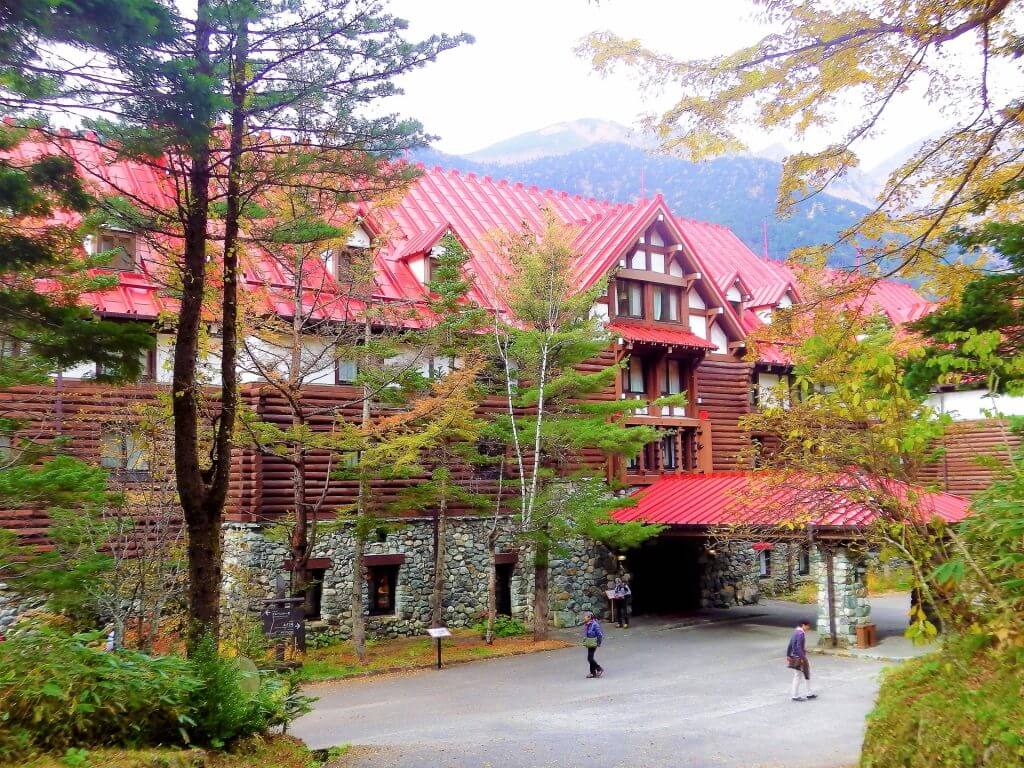
Situated within easy reach of Matsumoto, Kamikochi is considered the jewel of the Chubu Sangaku National Park. A true alpine oasis sitting beneath the high peaks of Mt Yari, Mt Hotaka and Mt Yakedake, the valley follows the Azusa River and is home to diverse range of flora and fauna. Hiking trails span-out along the valley floor and follow the river as it meanders north to south, before more advanced hiking and climbing routes ascend to the mountains above.
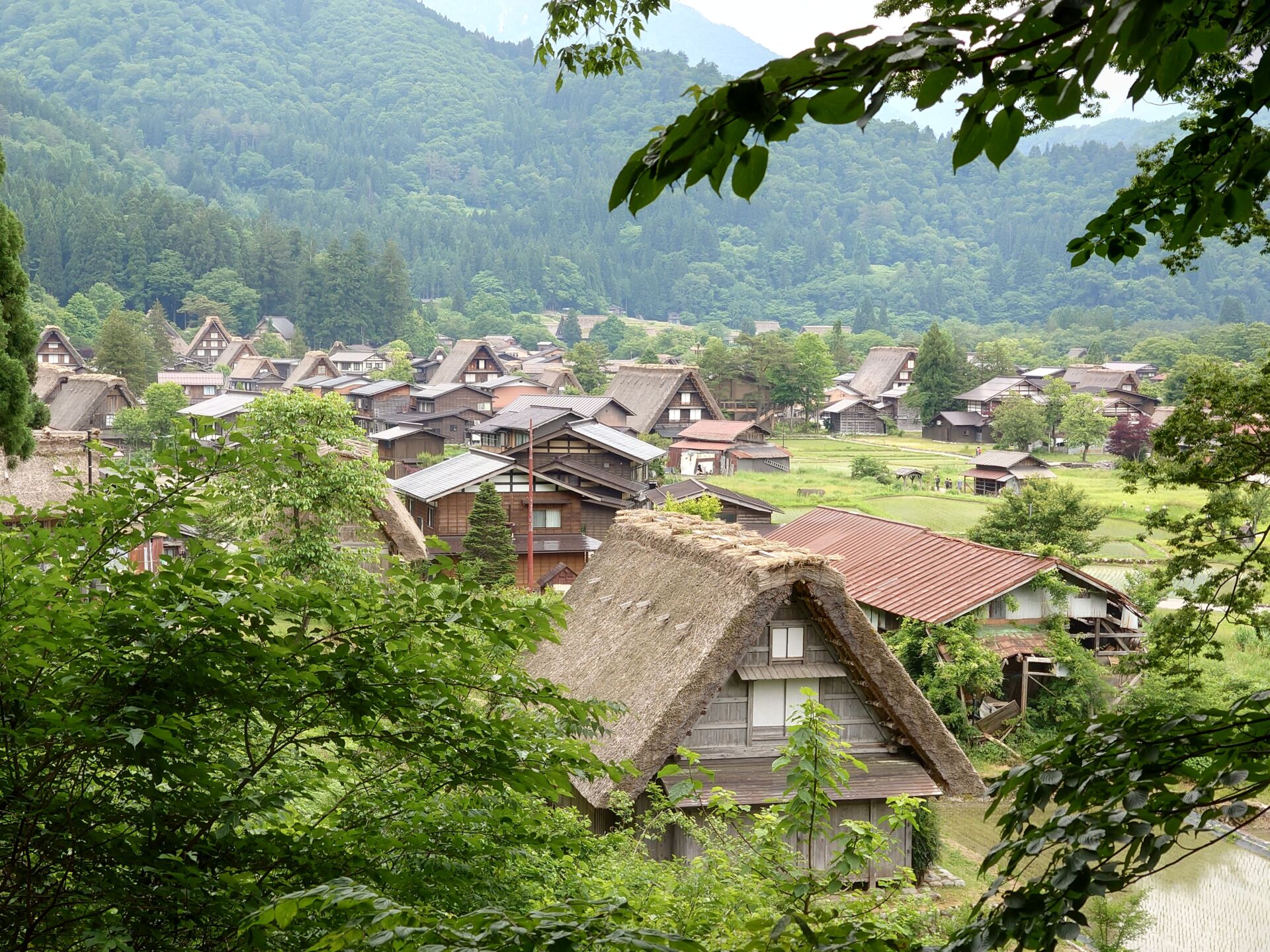
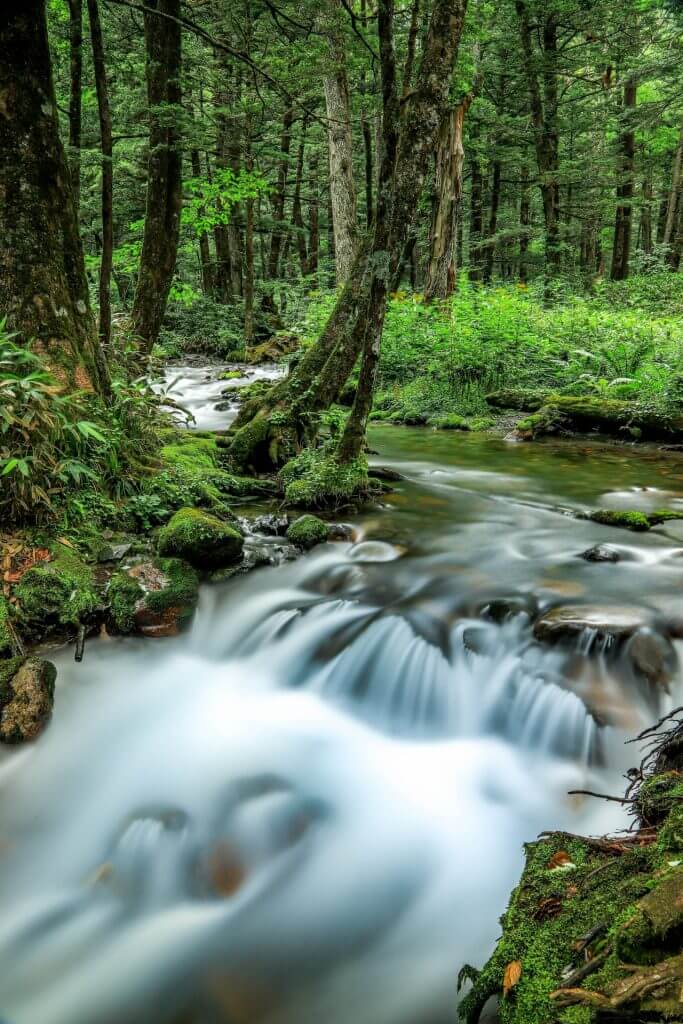
Inaccessible during winter due to heavy snow, Kamikochi is open to the public from mid-April to mid-November. Accommodation inside is always in high demand, of which, the Kamikochi Imperial Hotel is an iconic location and said to be the inspiration for the hotel featured in the film. Kamikochi is one of our favourite locations in Central Japan and one best enjoyed by staying there overnight. For accommodation listings, see our 'Kamikochi Area' hotel page.
STUDIO GHIBLI THEME PARK
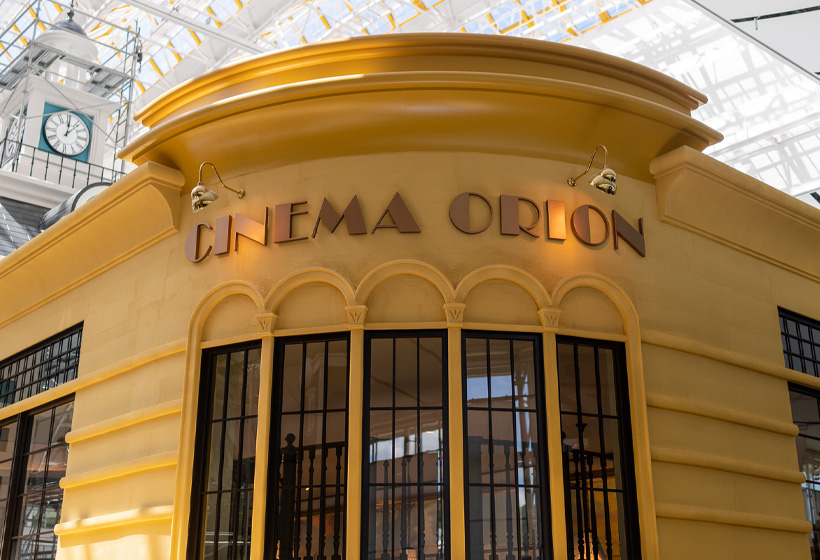
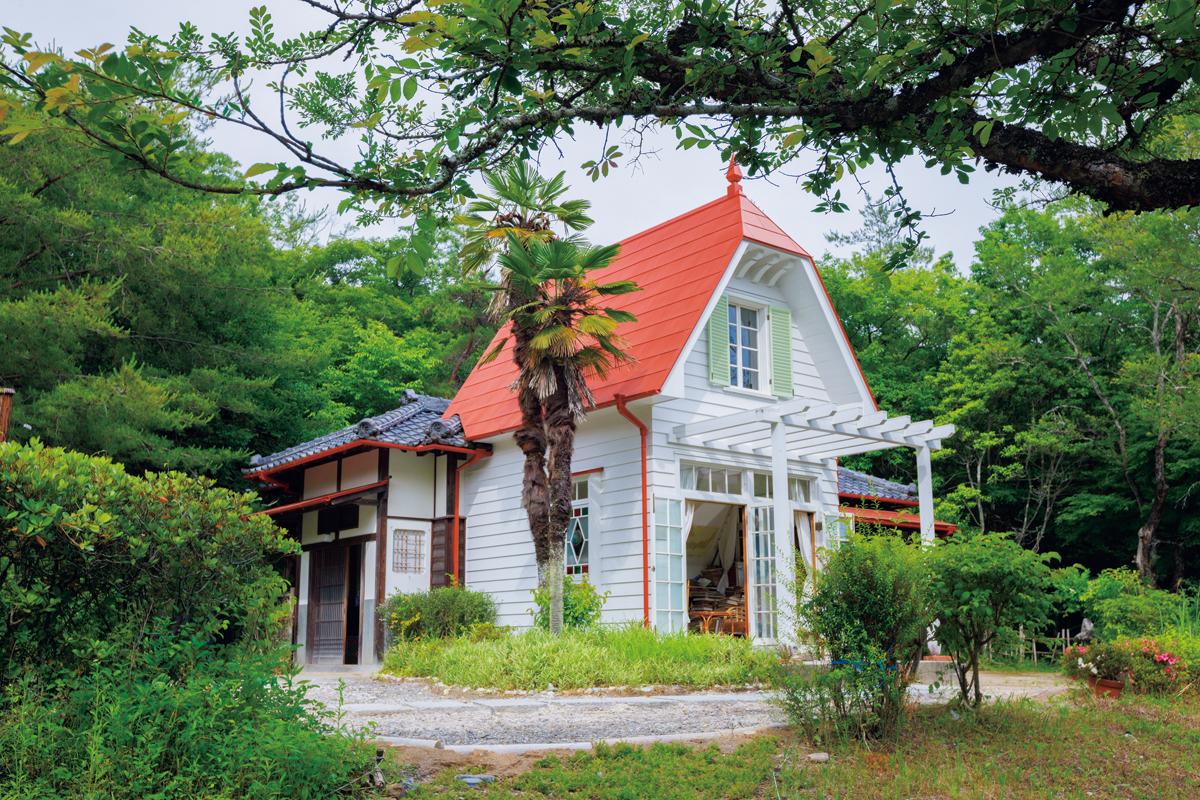
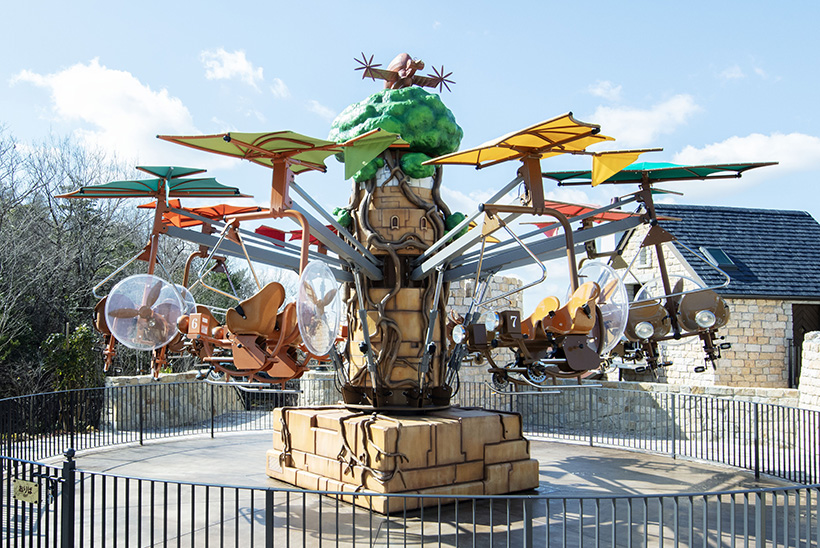
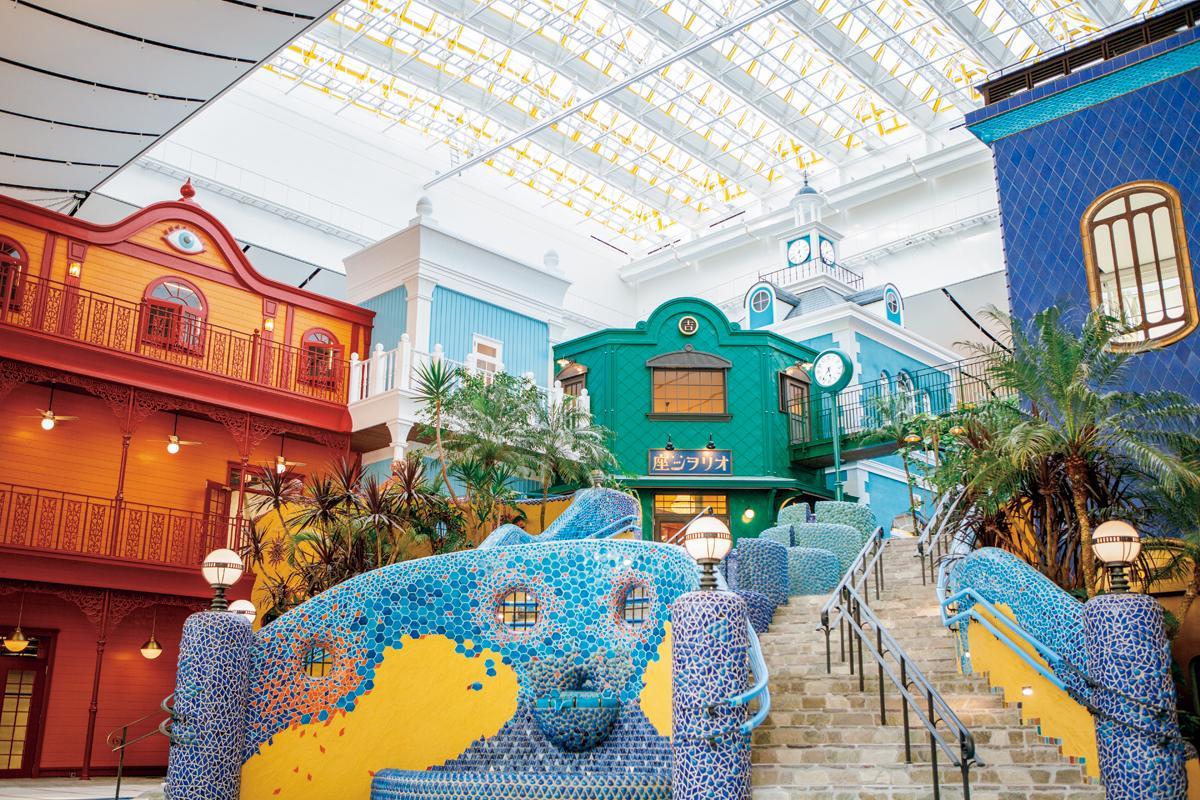
Ghibli Park is a theme park which brings to life the beloved works of Studio Ghibli. The Park, located just outside of Nagoya, allows visitors to discover all of the studio’s secrets—from artifacts and exhibits from past Studio Ghibli movies to kid-sized film studio exhibitions, hands-on learning centers, life-sized replicas, and so much more.
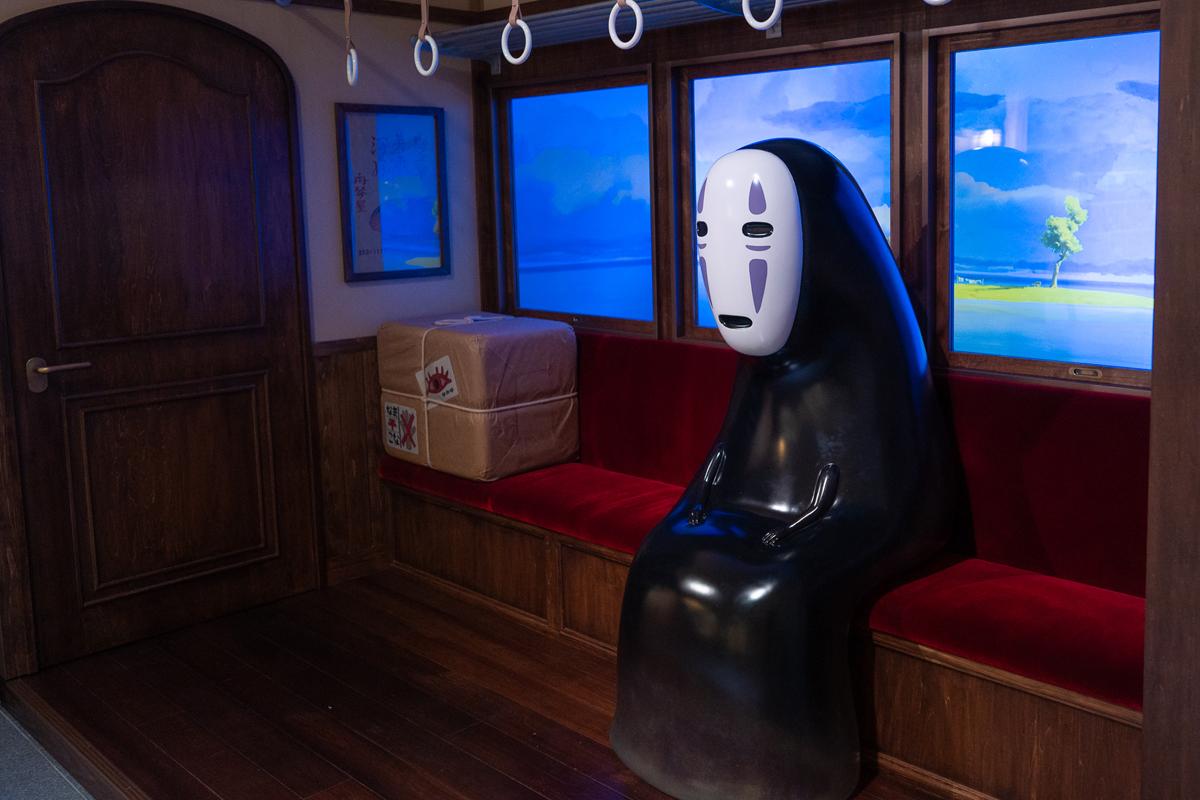
Whether you’re an animation fan or not, visitors will enjoy strolling through the expansive grounds and immersing themselves in the whimsical world of Studio Ghibli.
It is important to note that tickets are not sold at the park, but must be purchased in advance. Tickets go on sale two months in advance, on the 10th of each month at 14:00 (Japan time) on the Ghibli Park website.
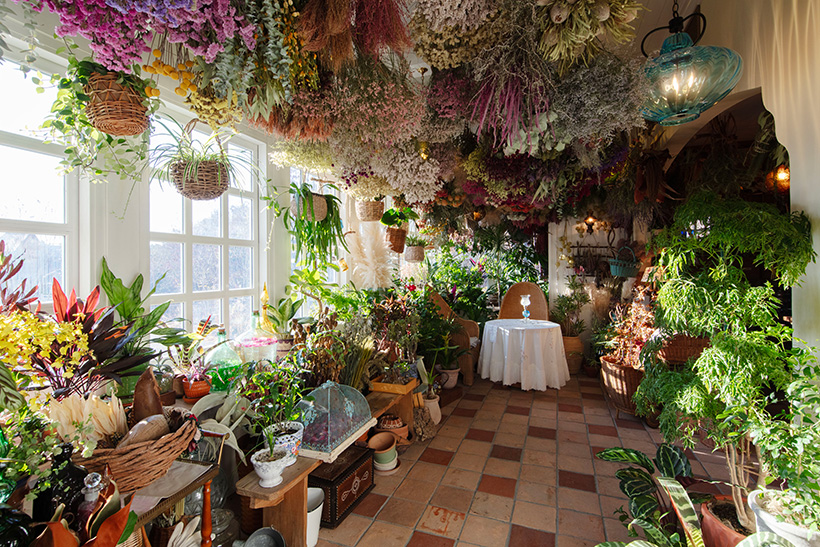
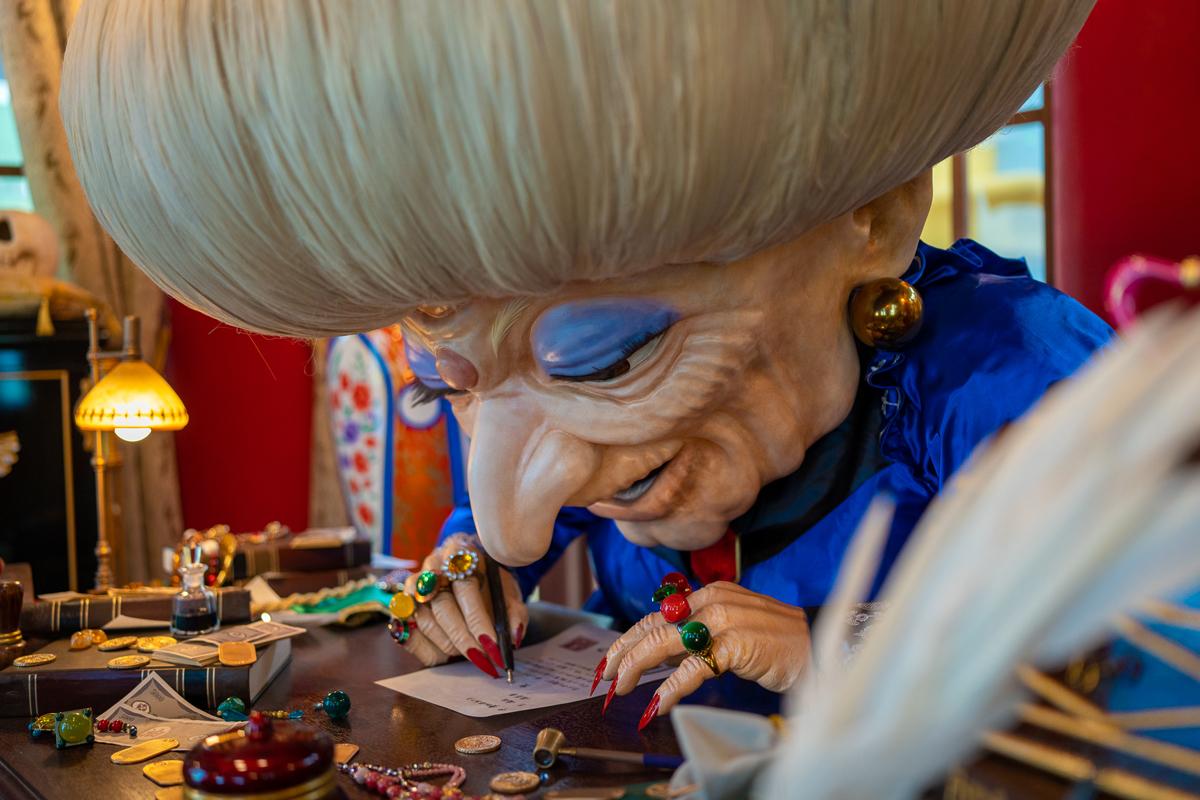
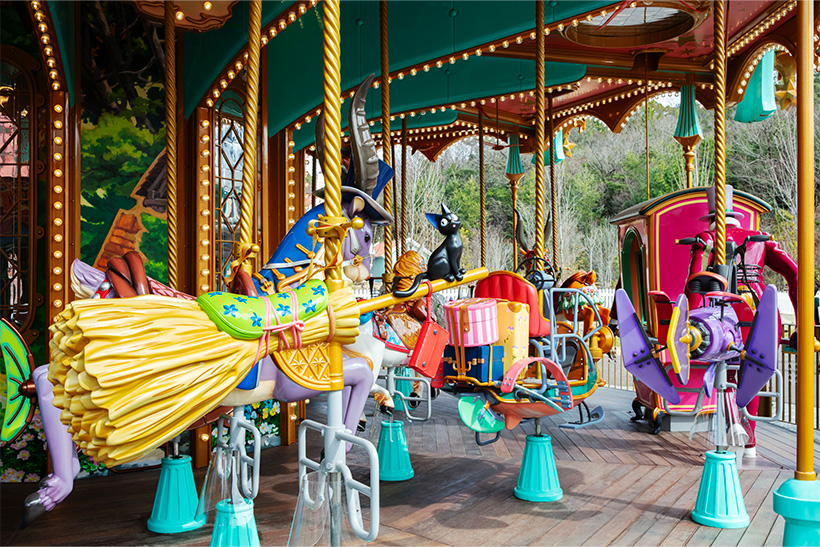
Animation fans might consider pairing a trip to Ghibli Park with one of our engaging tours of Nagoya, such as our 1-Day: Eat Like a Local tour which gives you a taste of the wonderful flavors of the region and introduces you to some of the most notable landmarks in the city in a family friendly tour. Check out our “Best Tours and Itineraries around Nagoya” page for a full listing of our family-friendly tours and multi-day itineraries based out of Nagoya. All tours are led by locally-based guides and will take you around the must-see sights in the region, as well as some lesser known gems. For more information, or to book a tour, click on the banner.
Want to experience Studio Ghibli for yourself?
We offer private tours and transport in and around Central Japan including Nagoya—the home of Ghibli Park. Our drivers and vehicles are fully certified, allowing us to transport you to and from your preferred destinations in combination with any activity that suits your schedule. All vehicles are well-maintained and in good condition, allowing you to relax and enjoy your ride to wherever you are going.
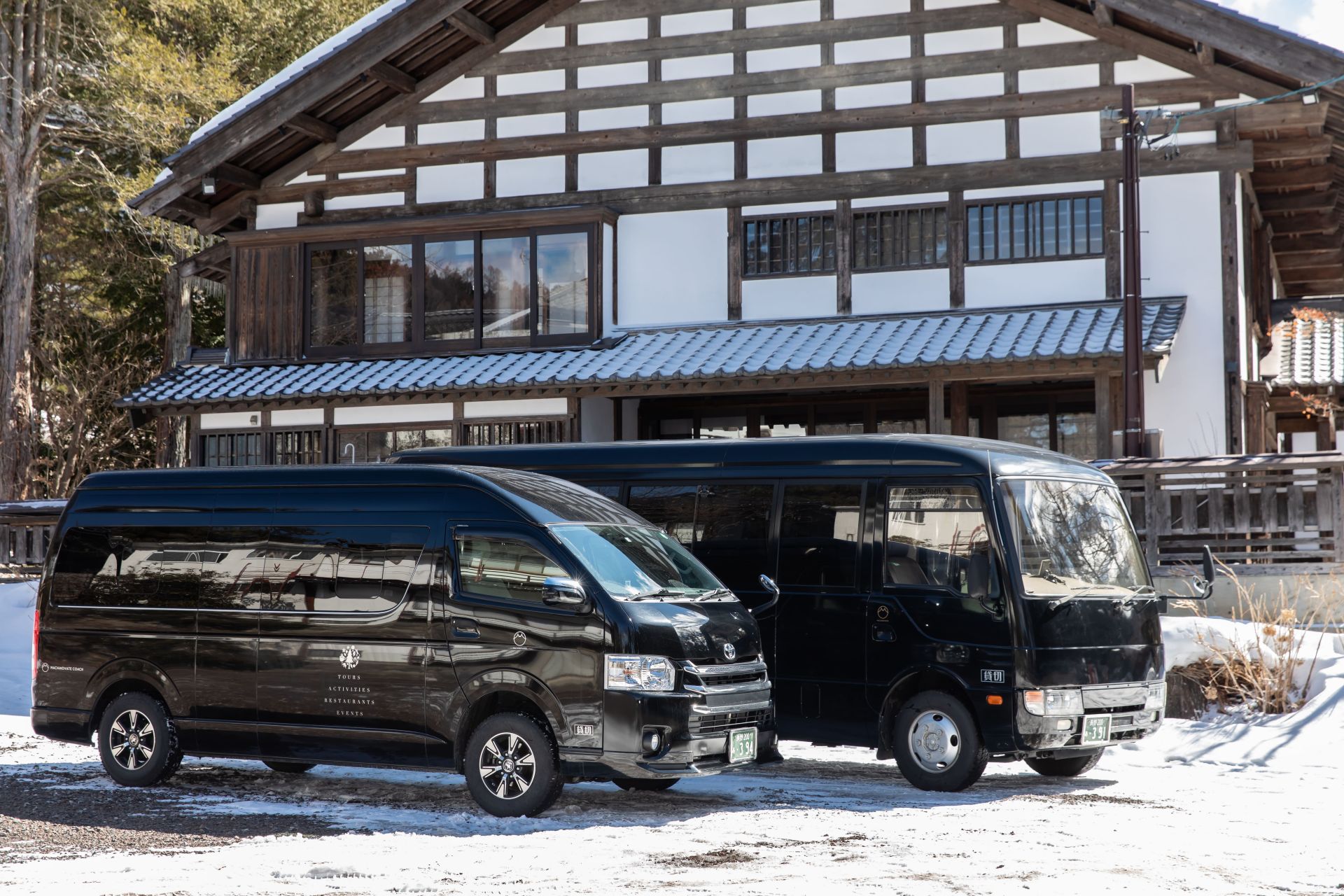
We can arrange both private tours with an English-speaking guide or a private charter. With door-to-door service, we can pick you up from where you are and take you to where you want to go anywhere in Central Japan and the neighboring regions. For more information, please click HERE to check availability and pricing for your trip. We’d love to be part of your adventure in Central Japan and help you discover even more!















